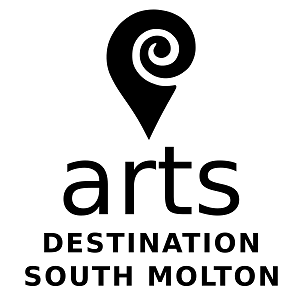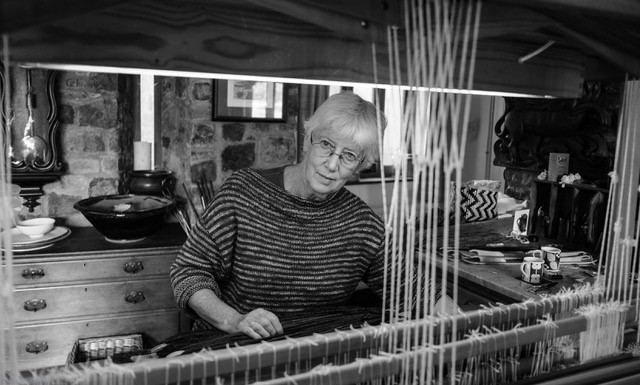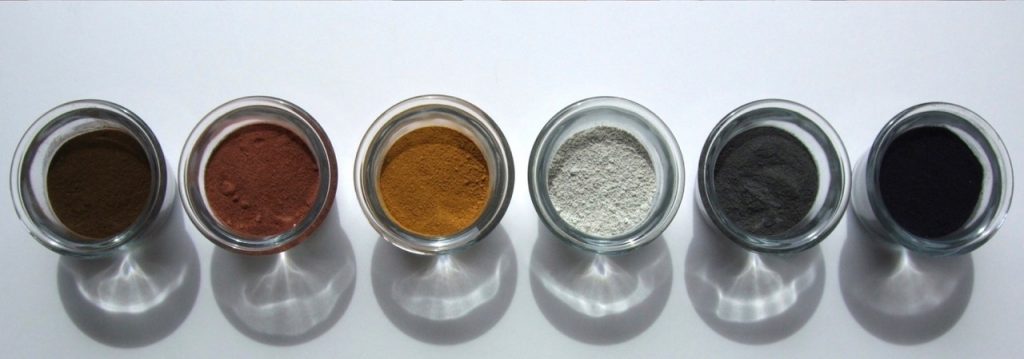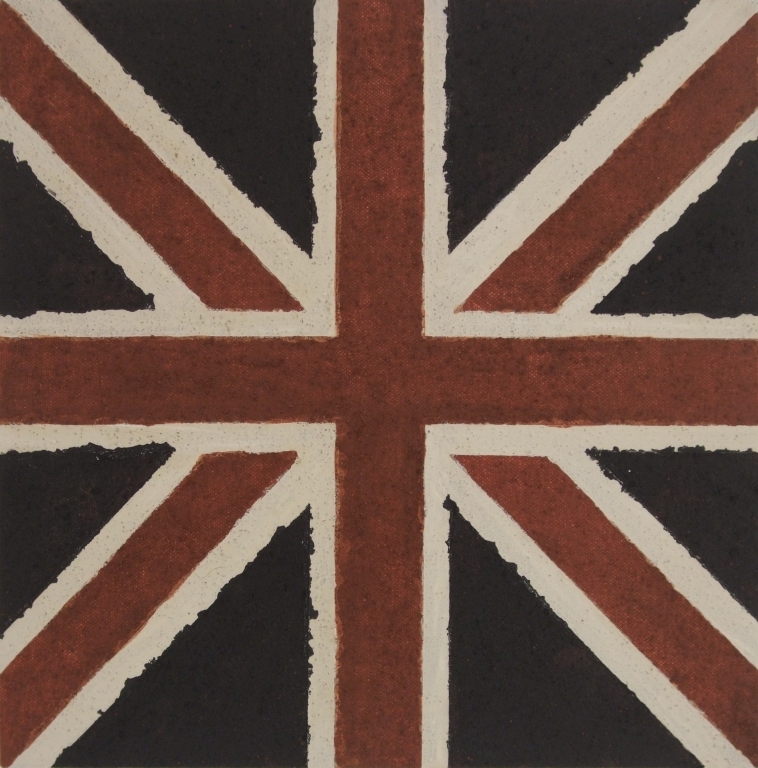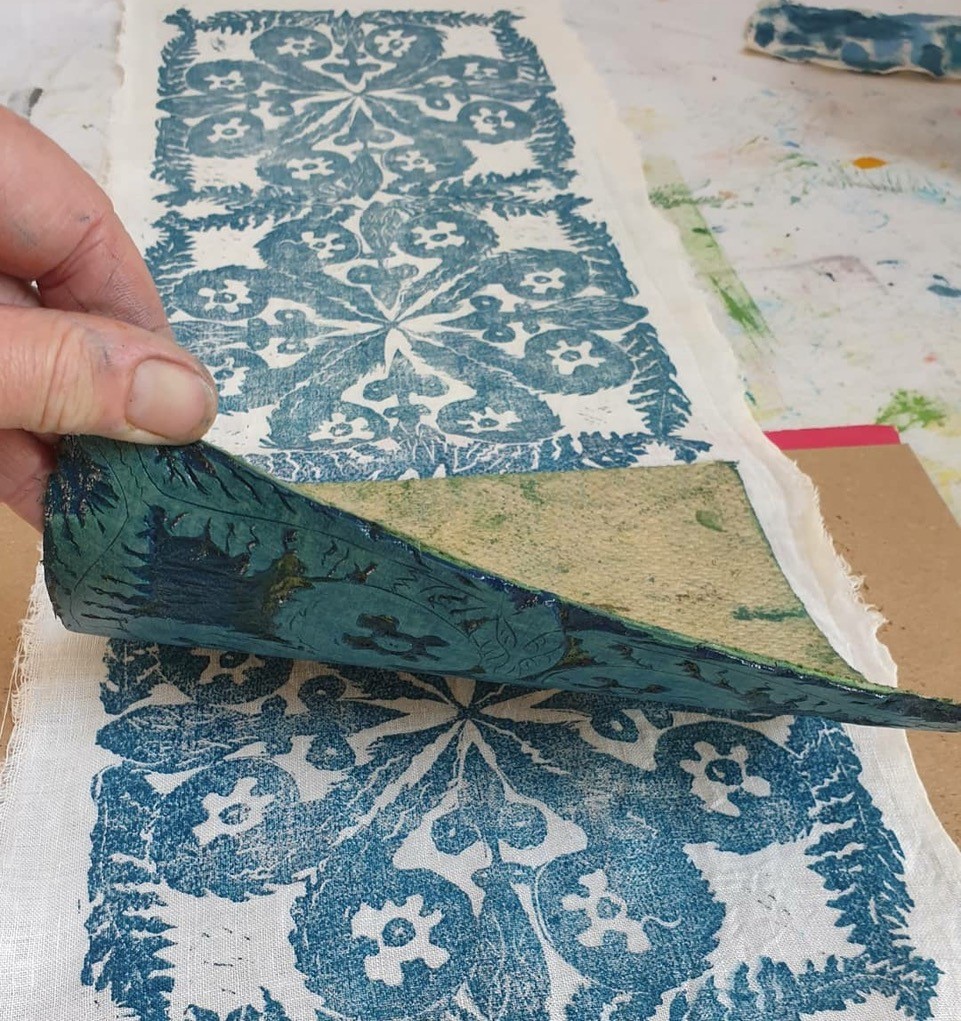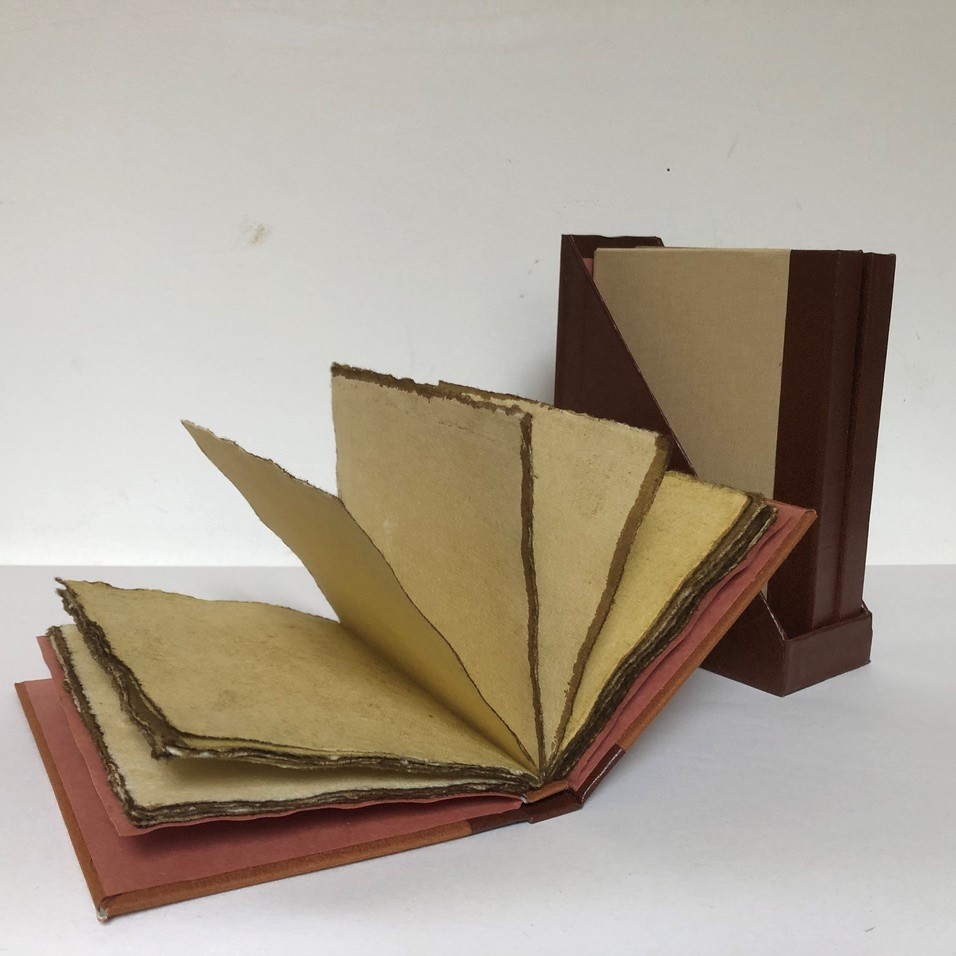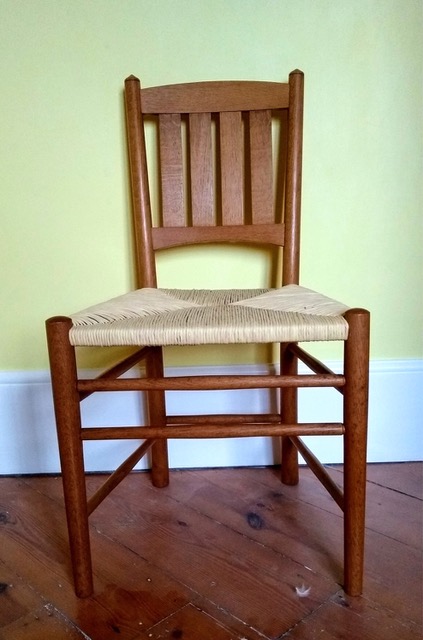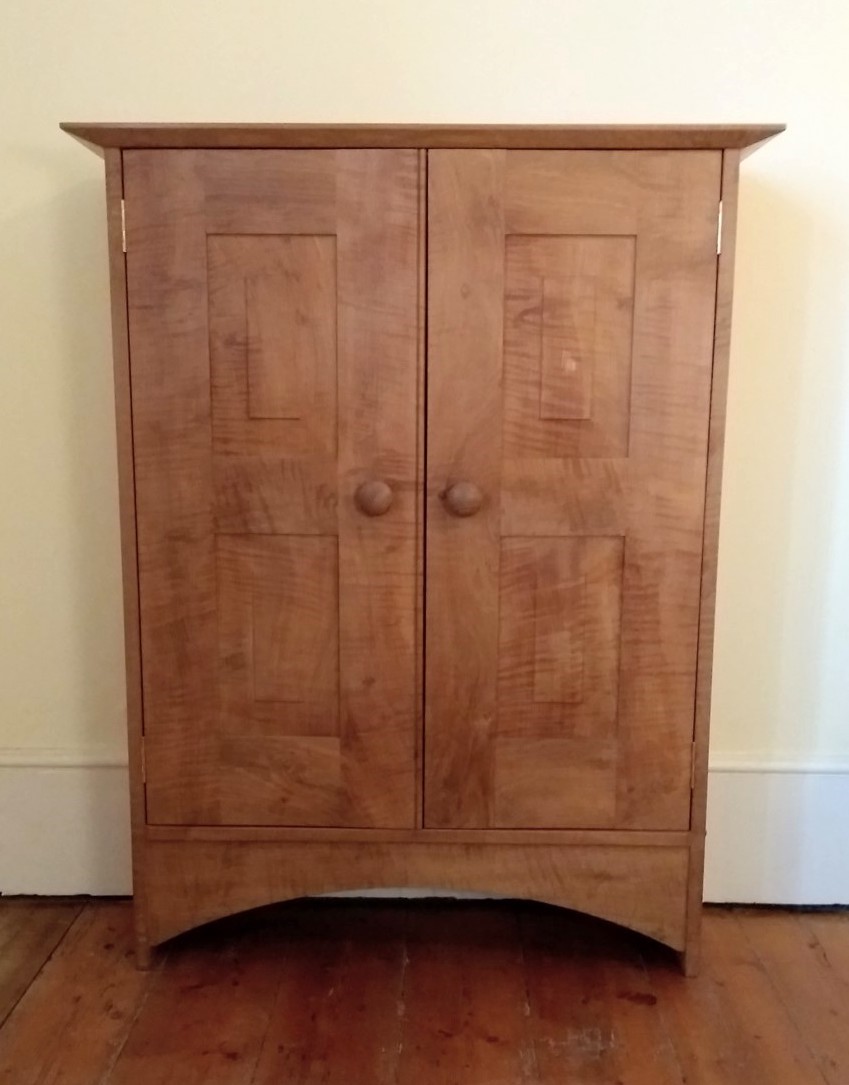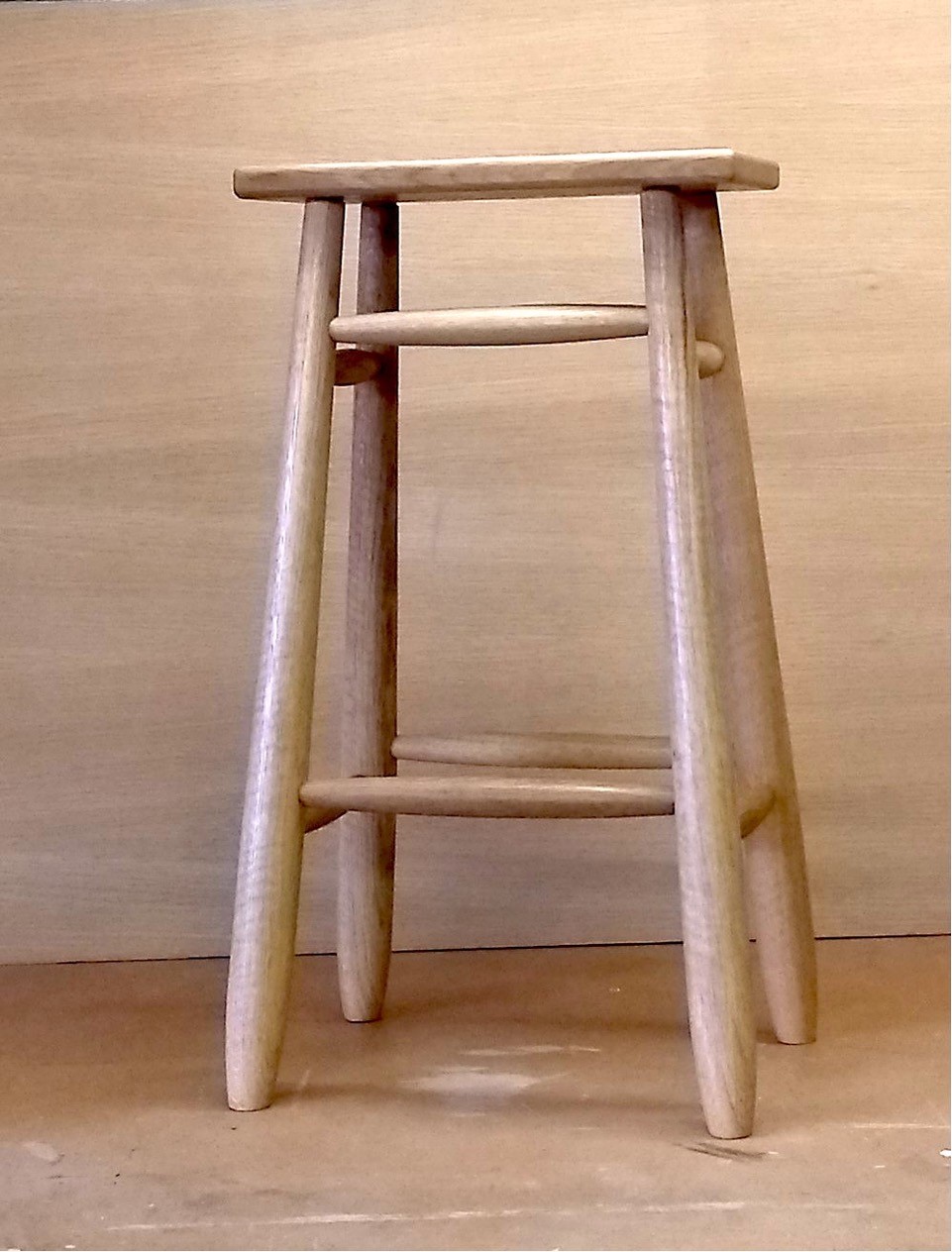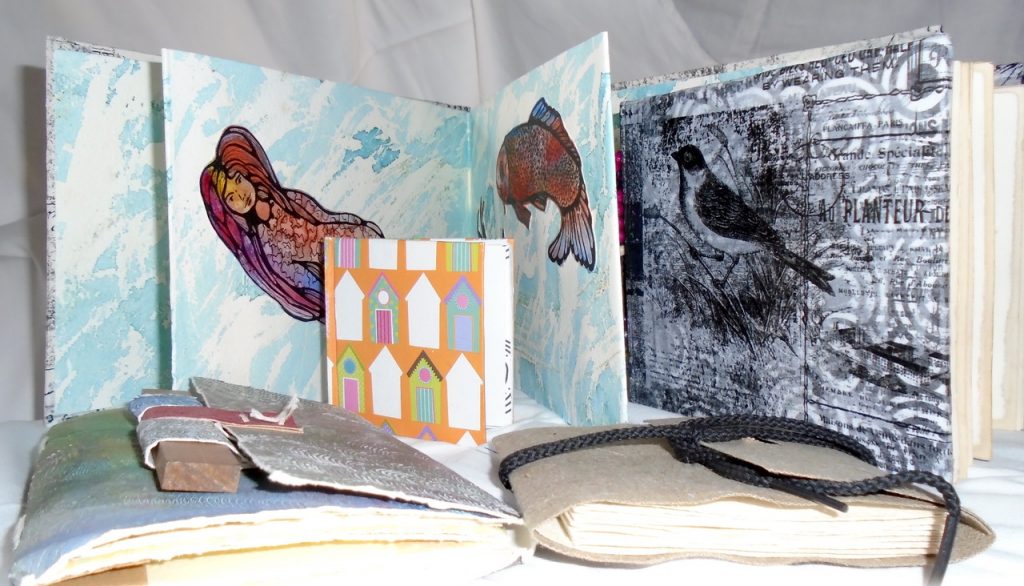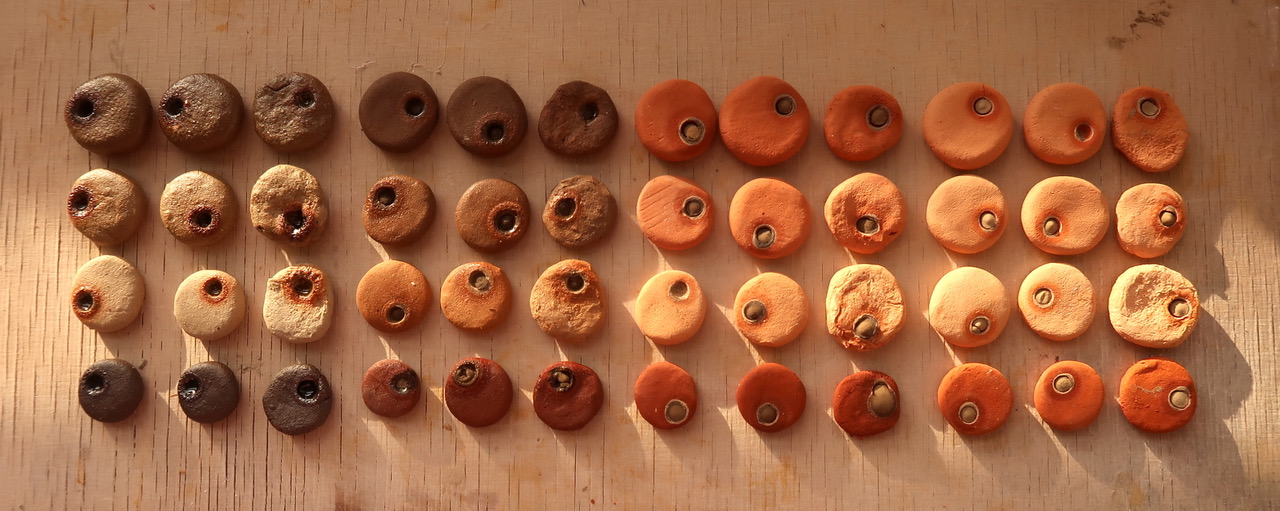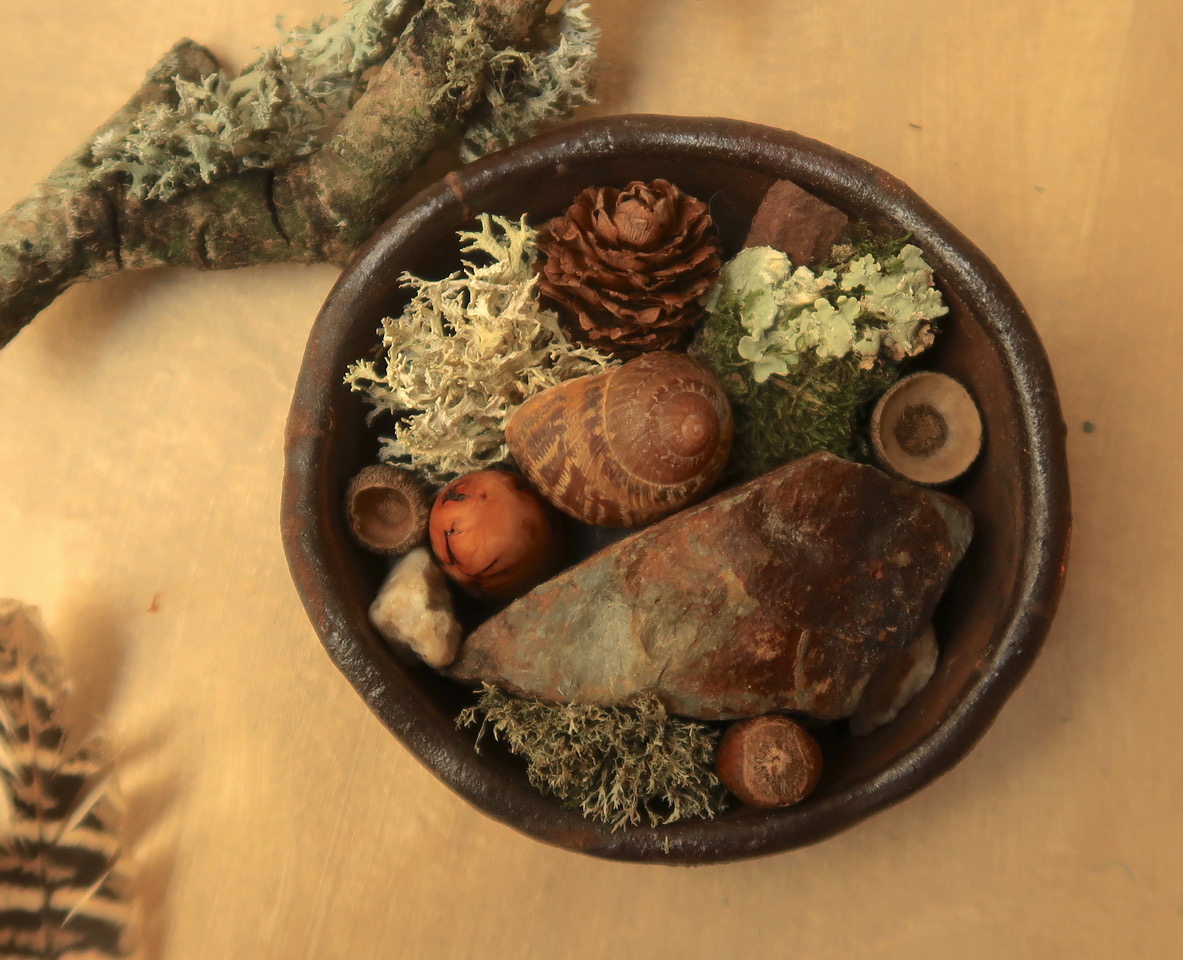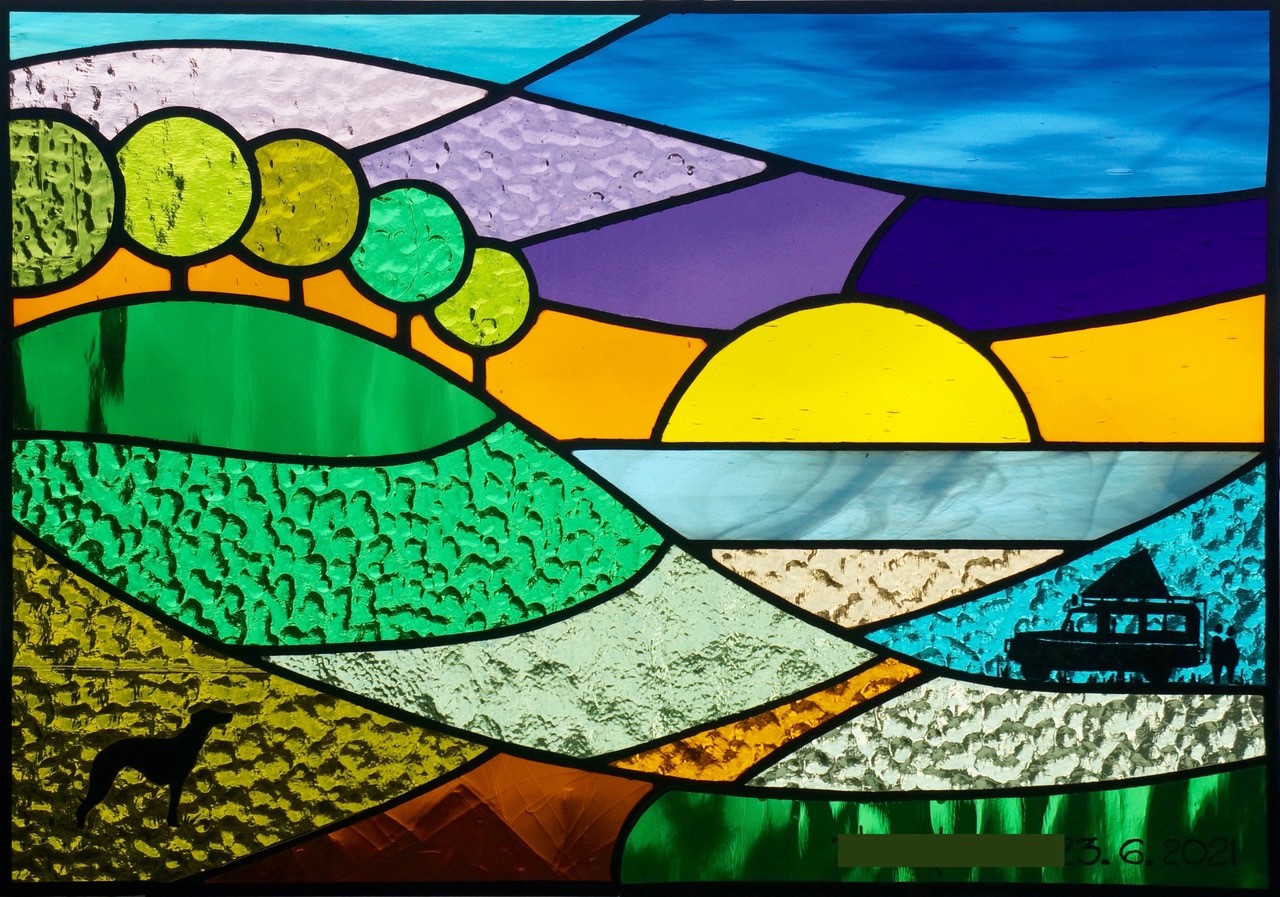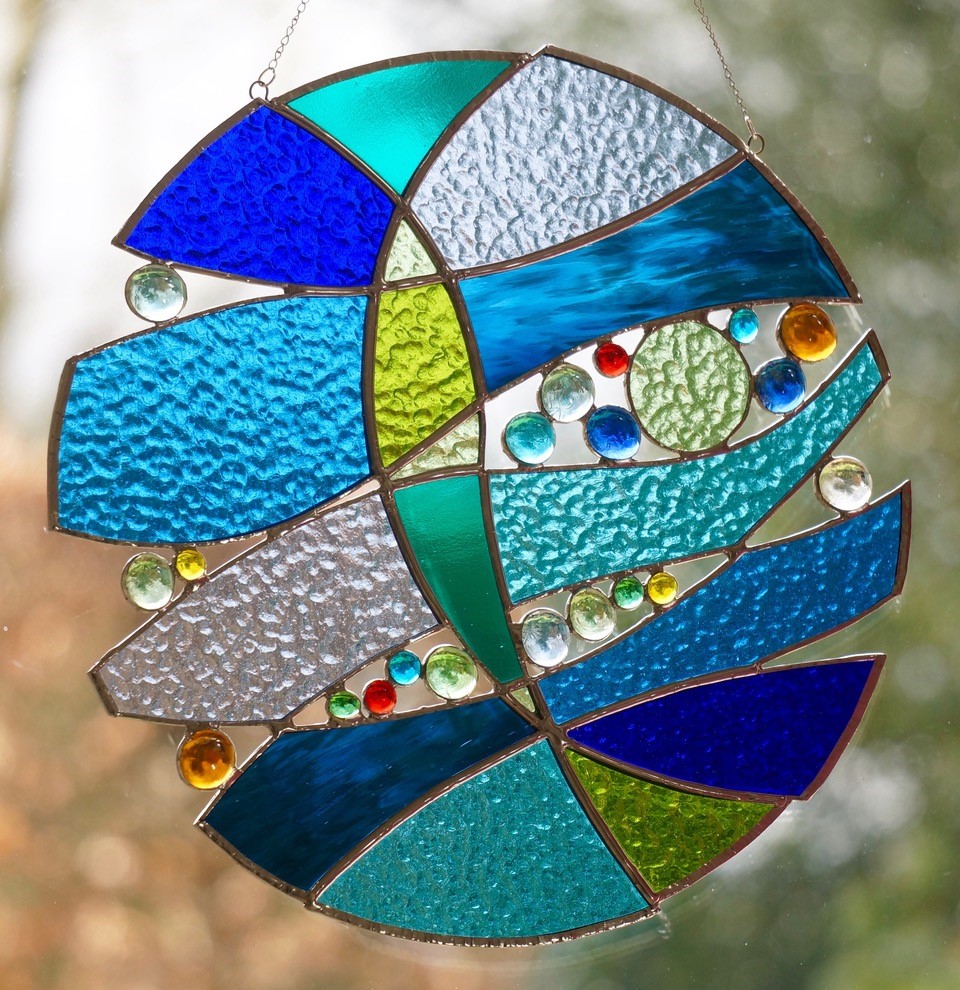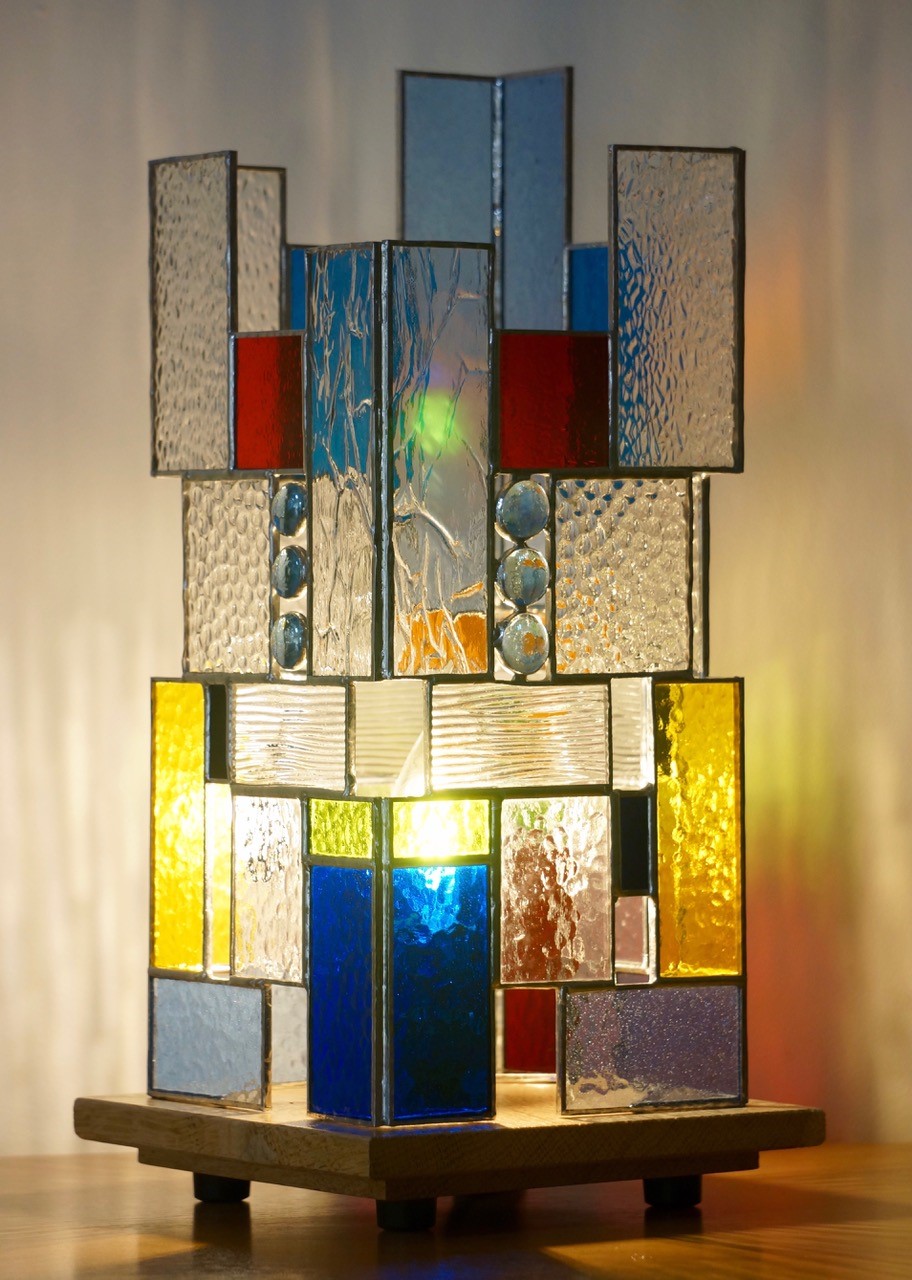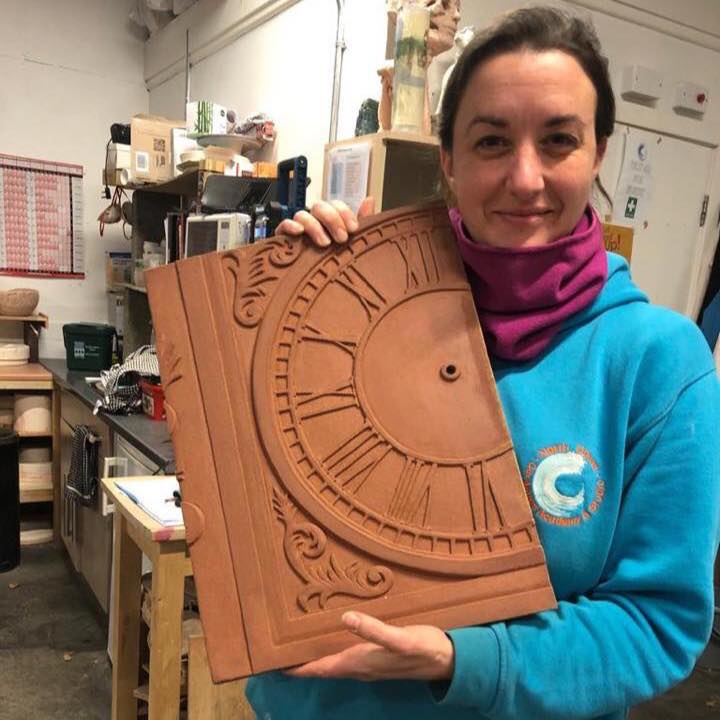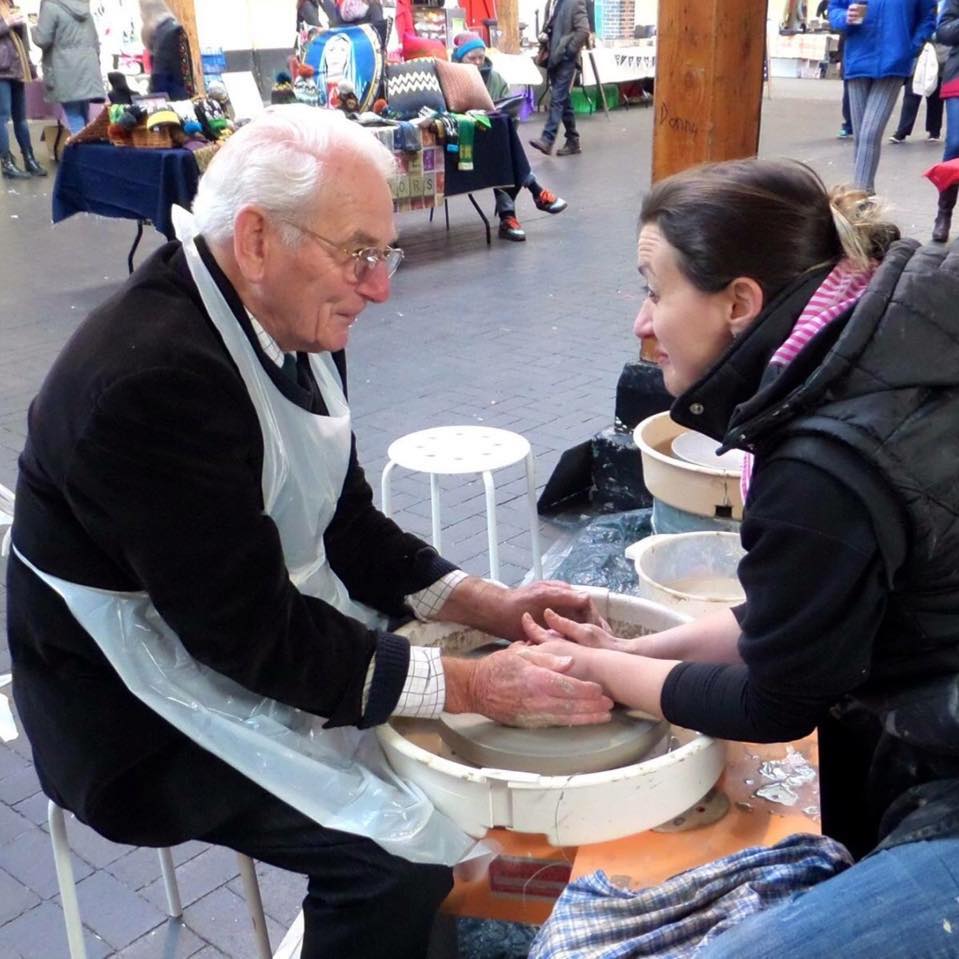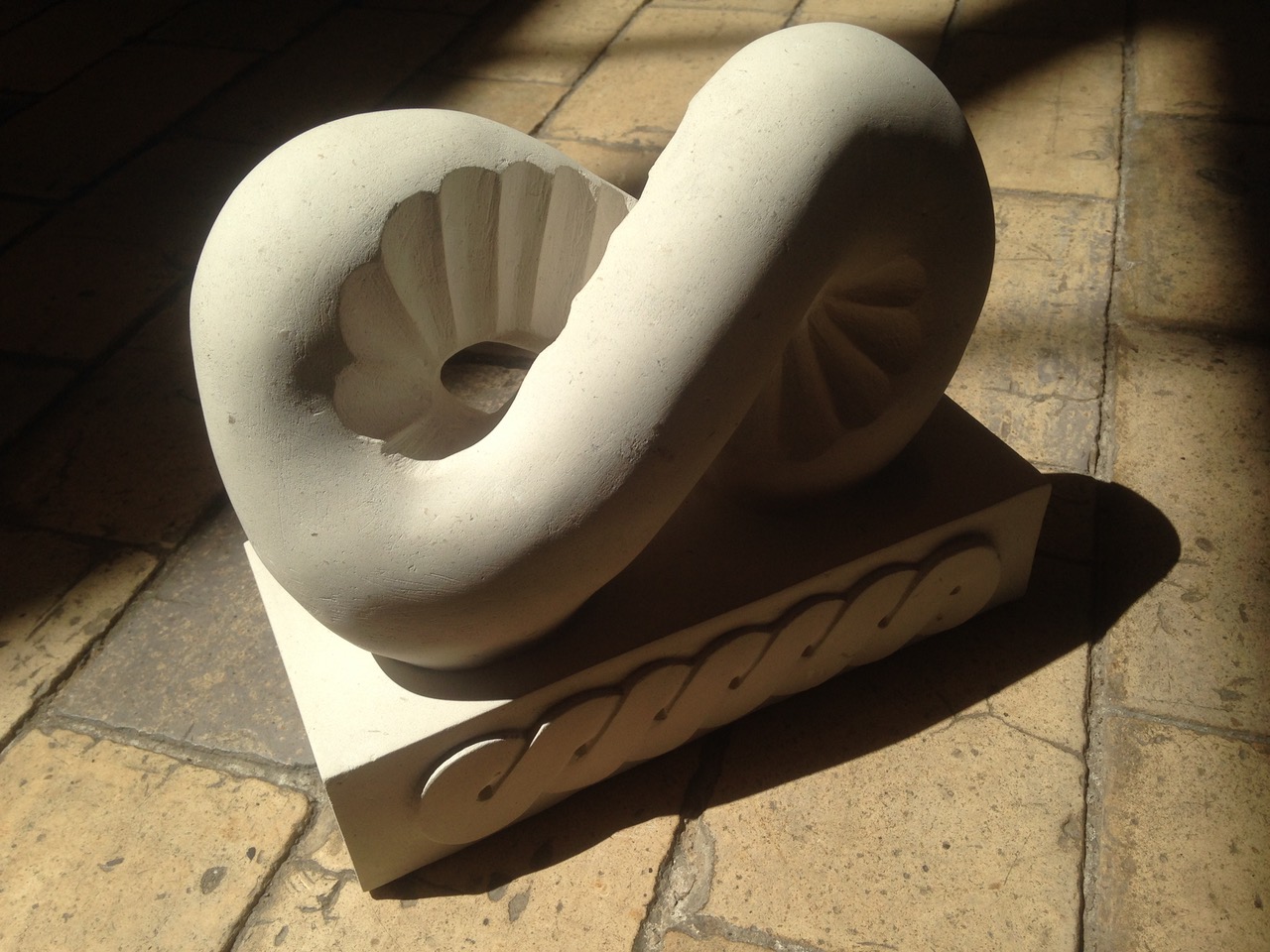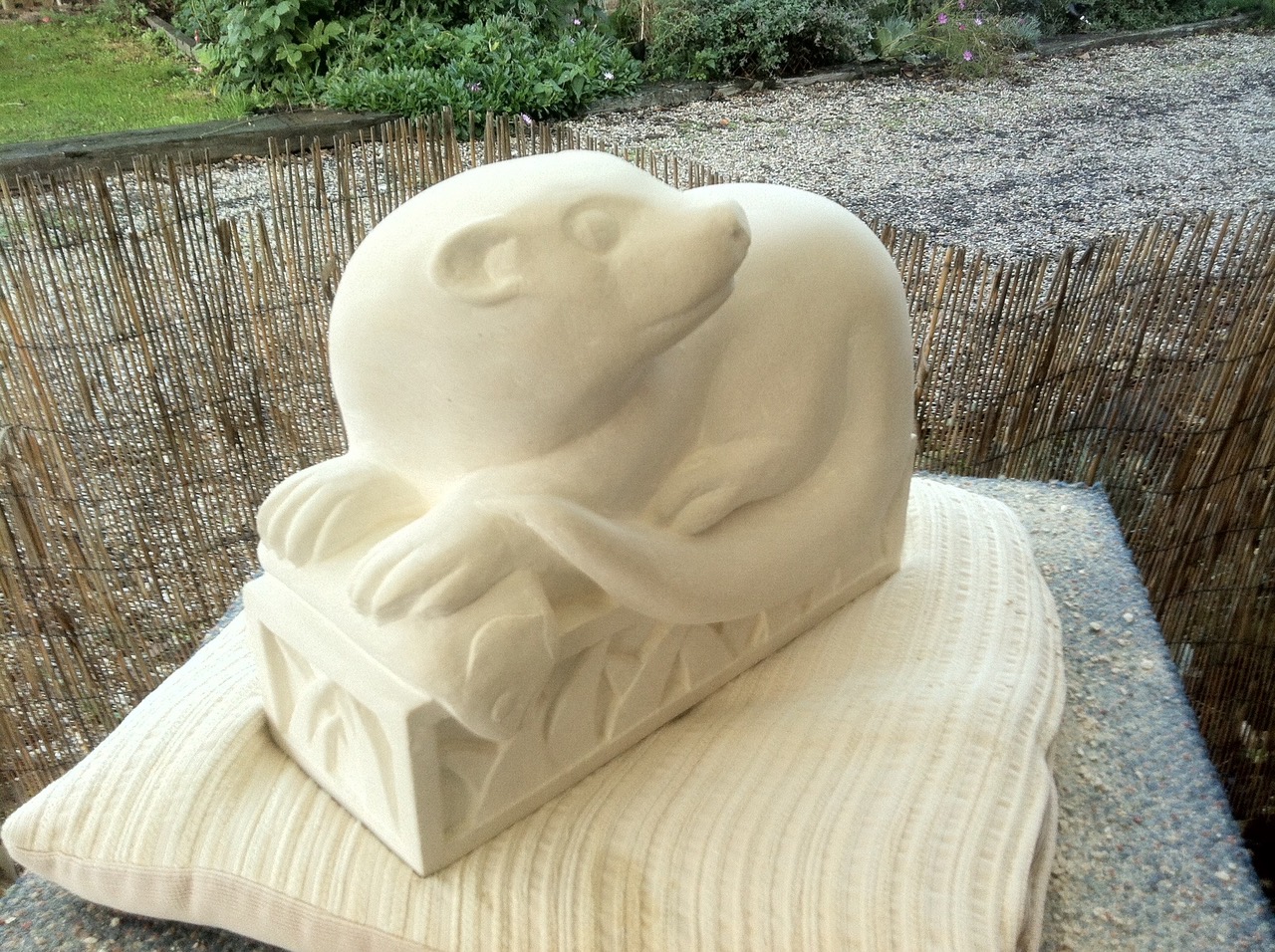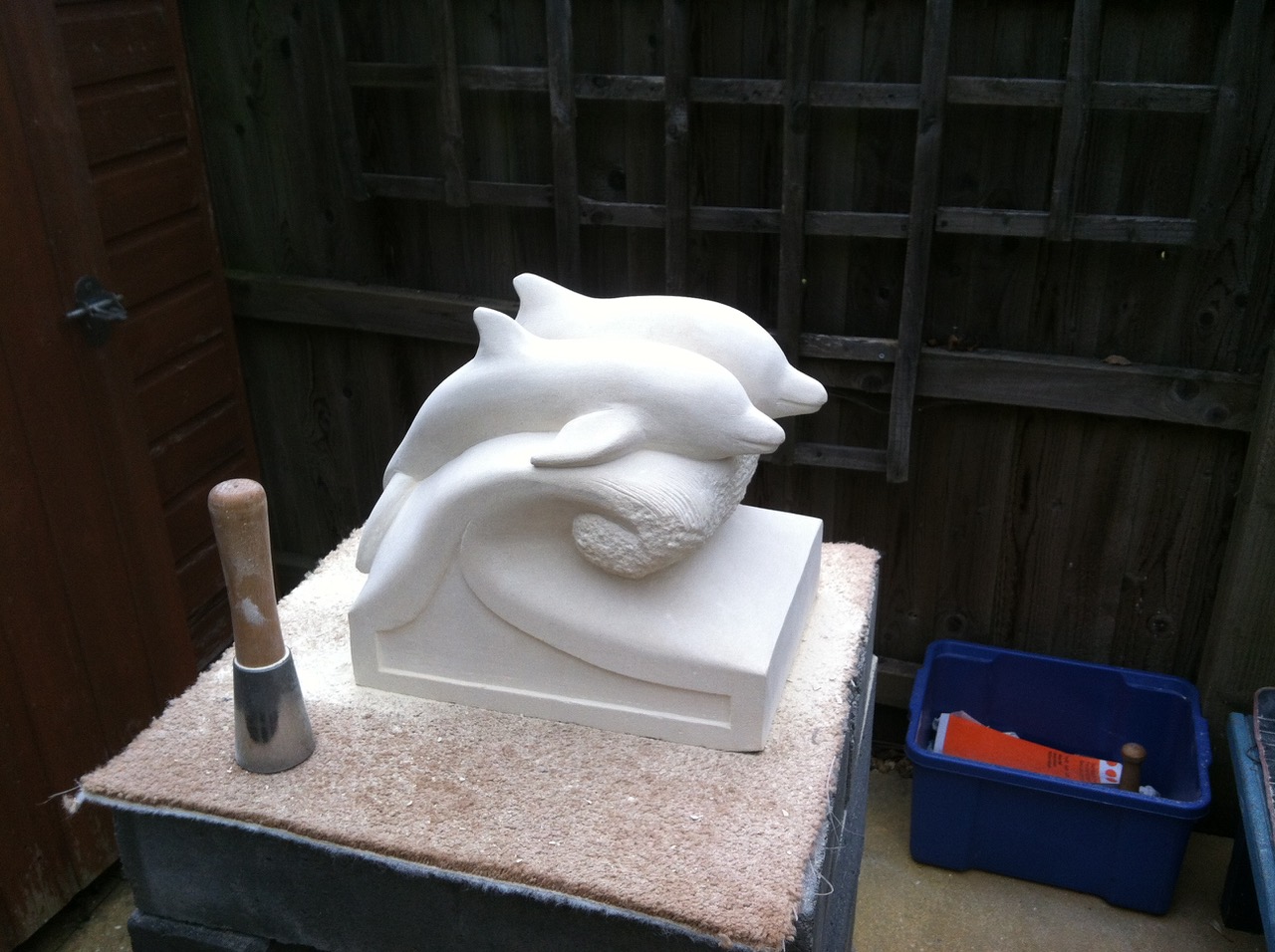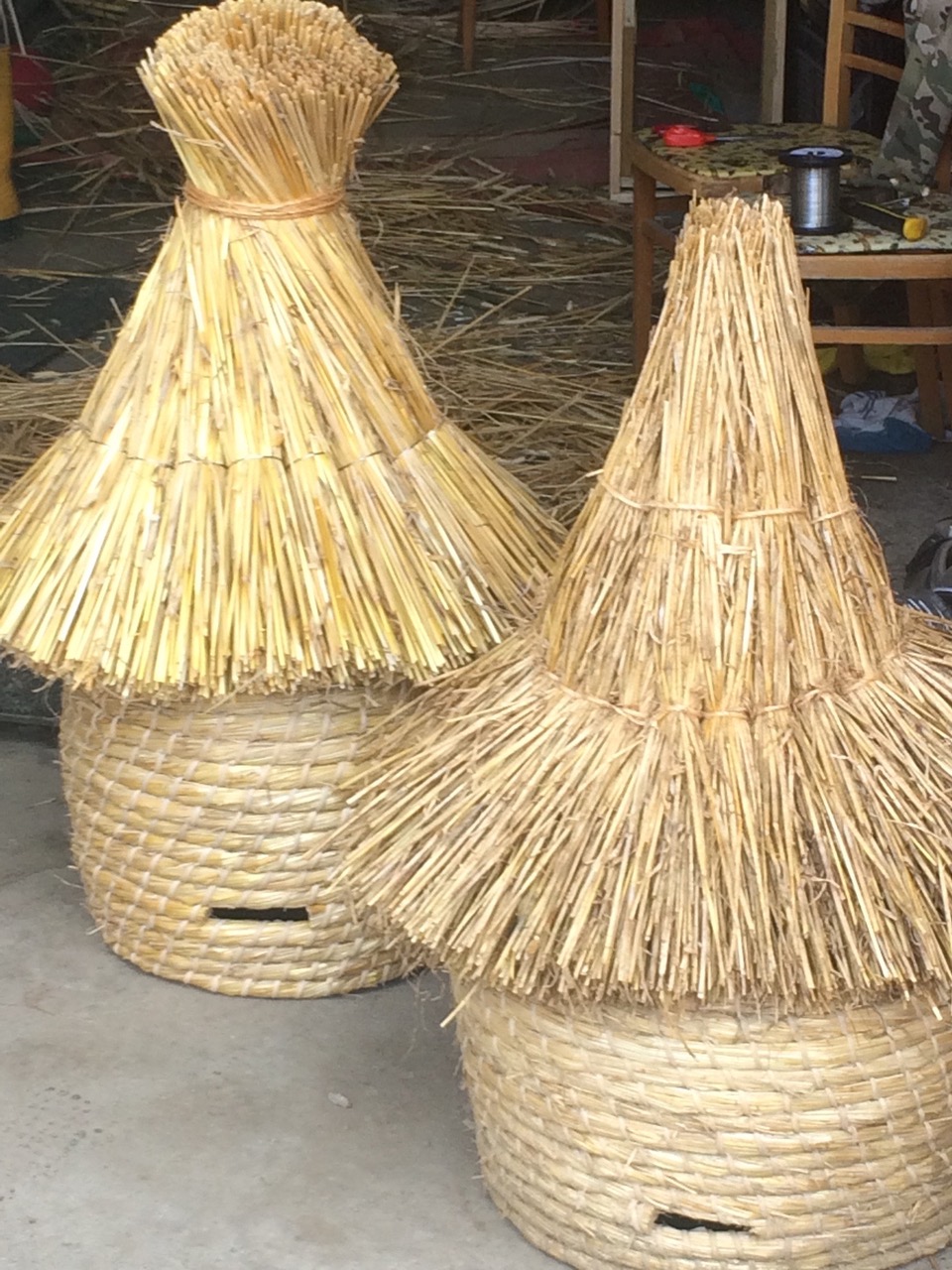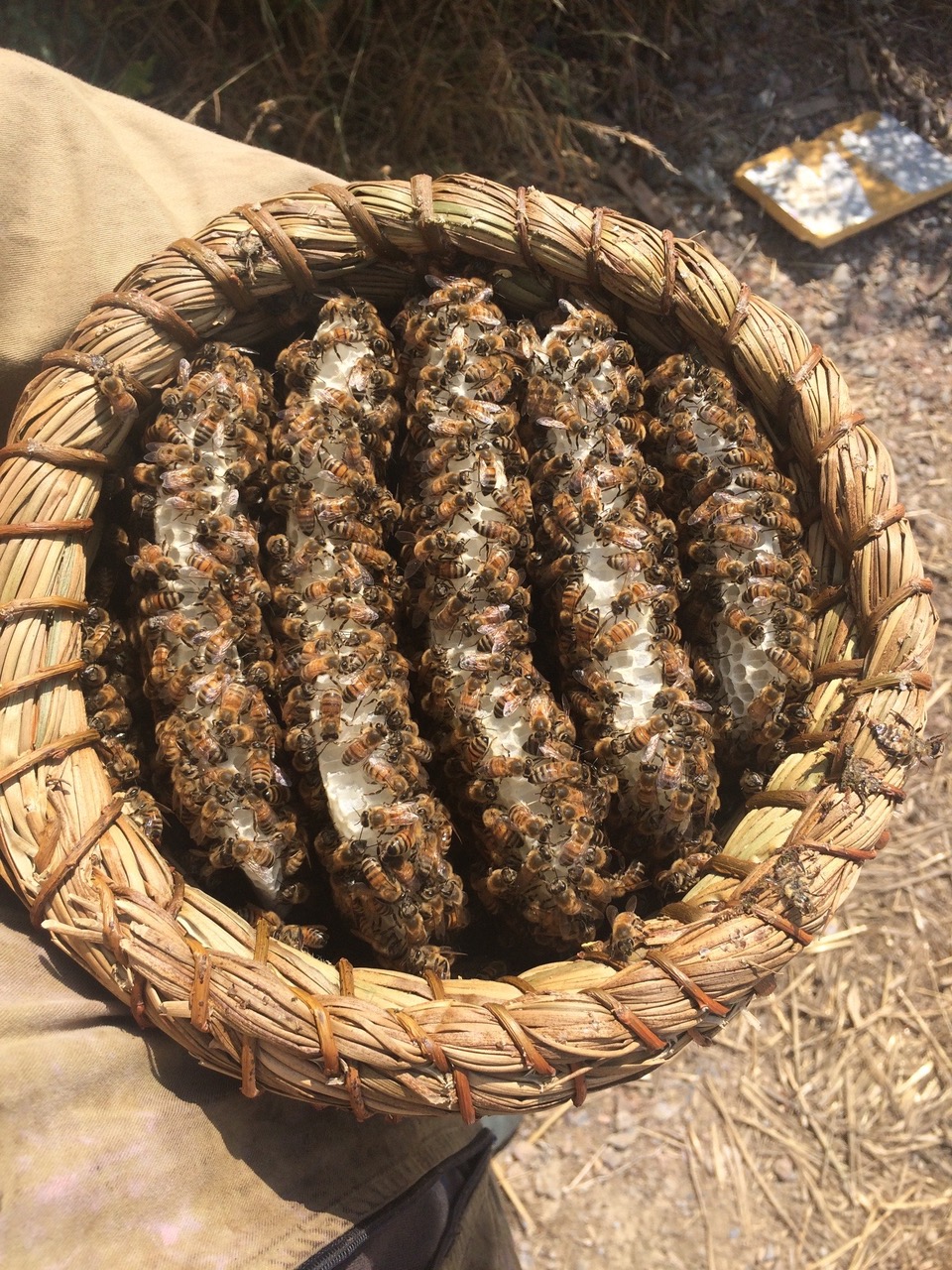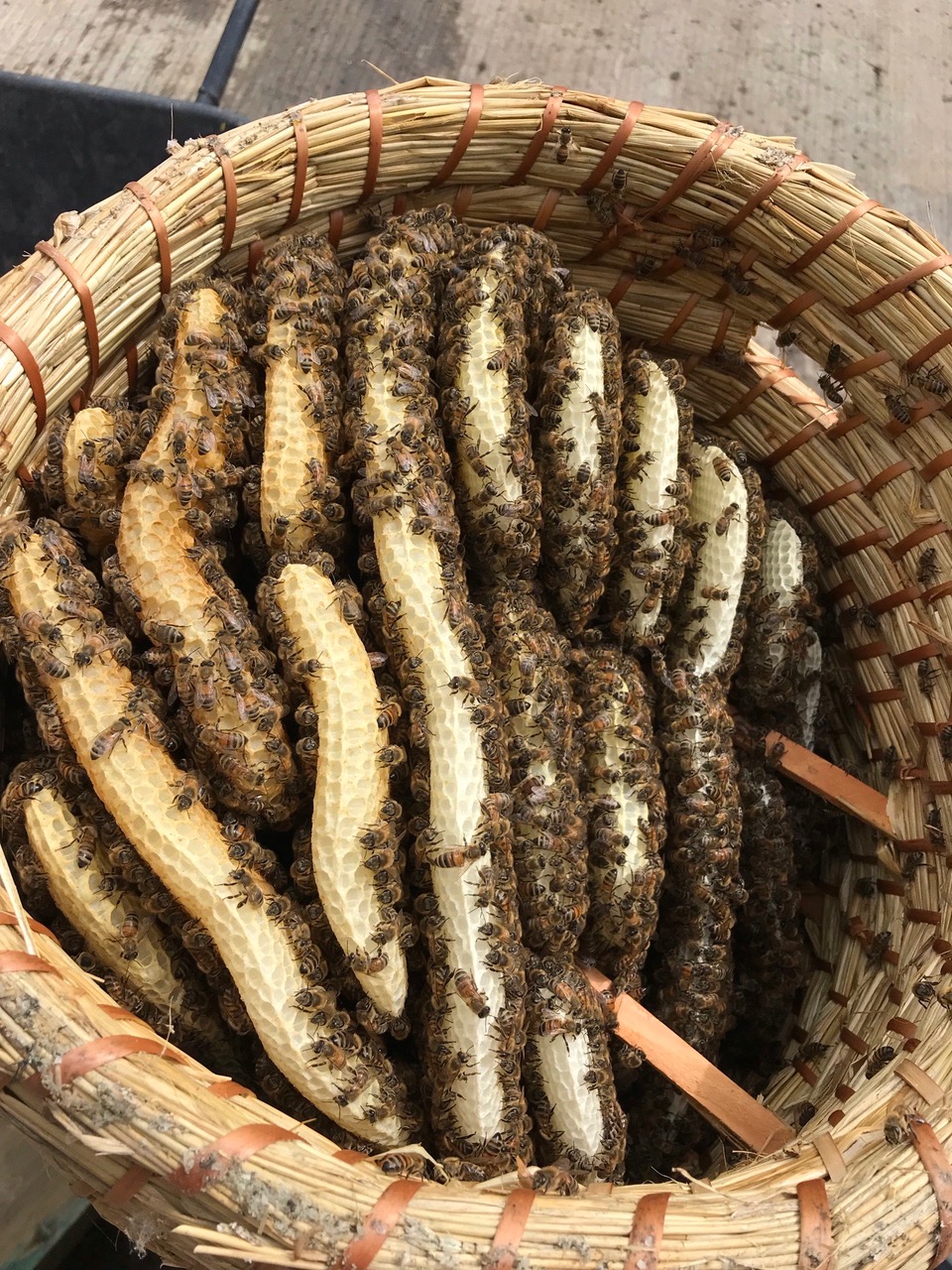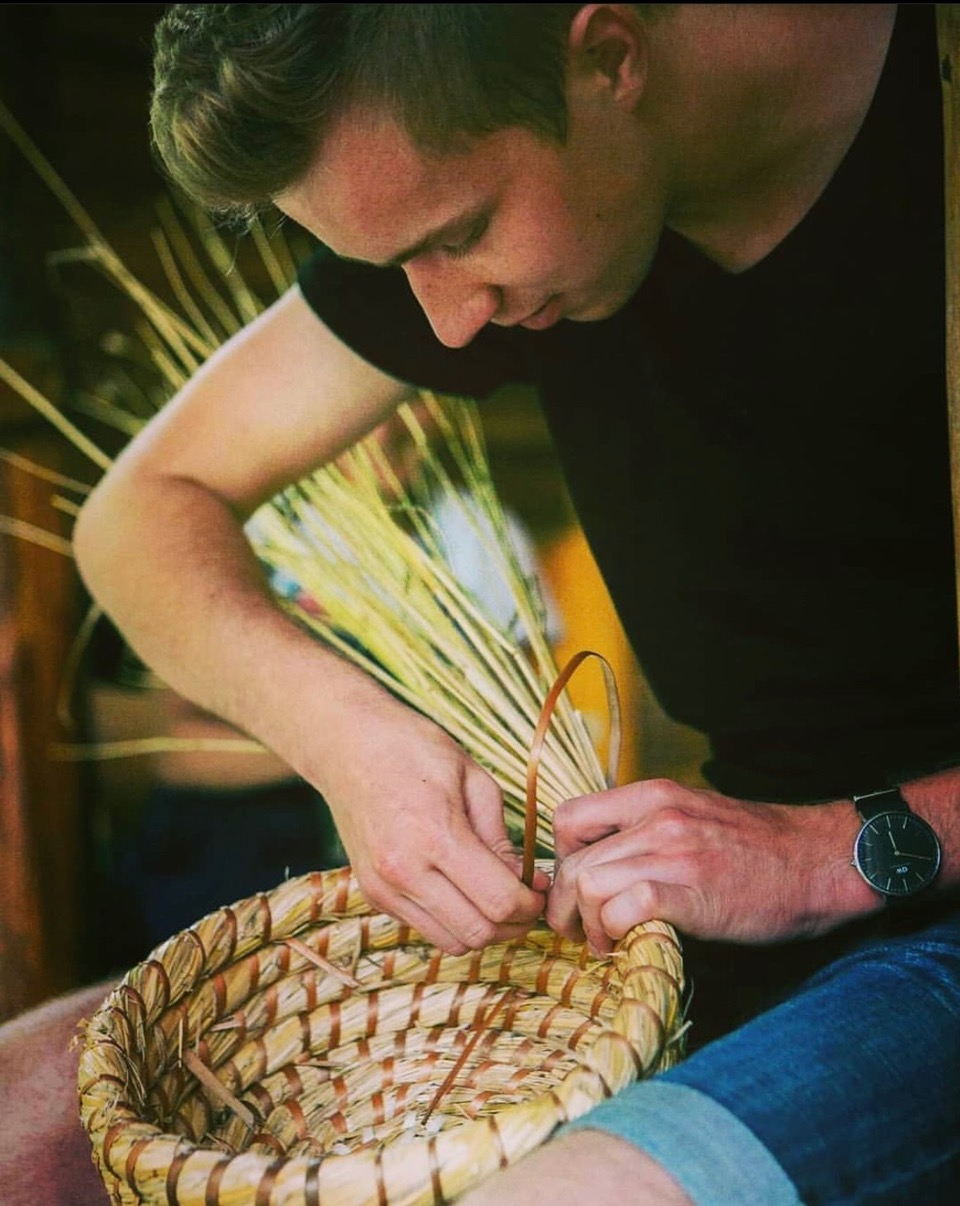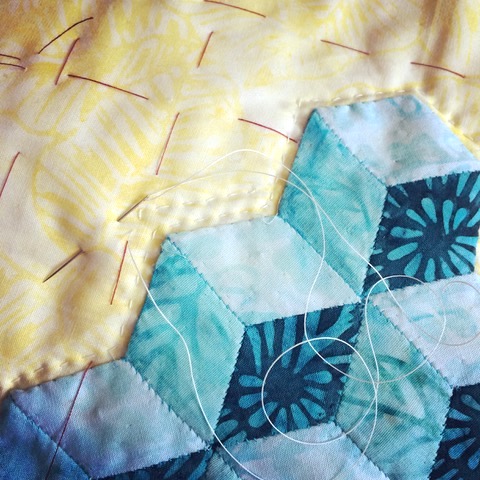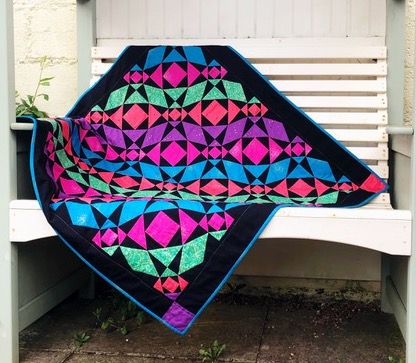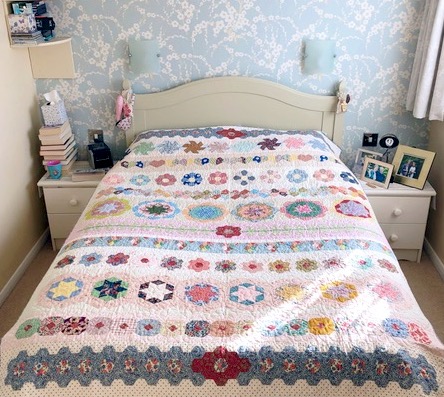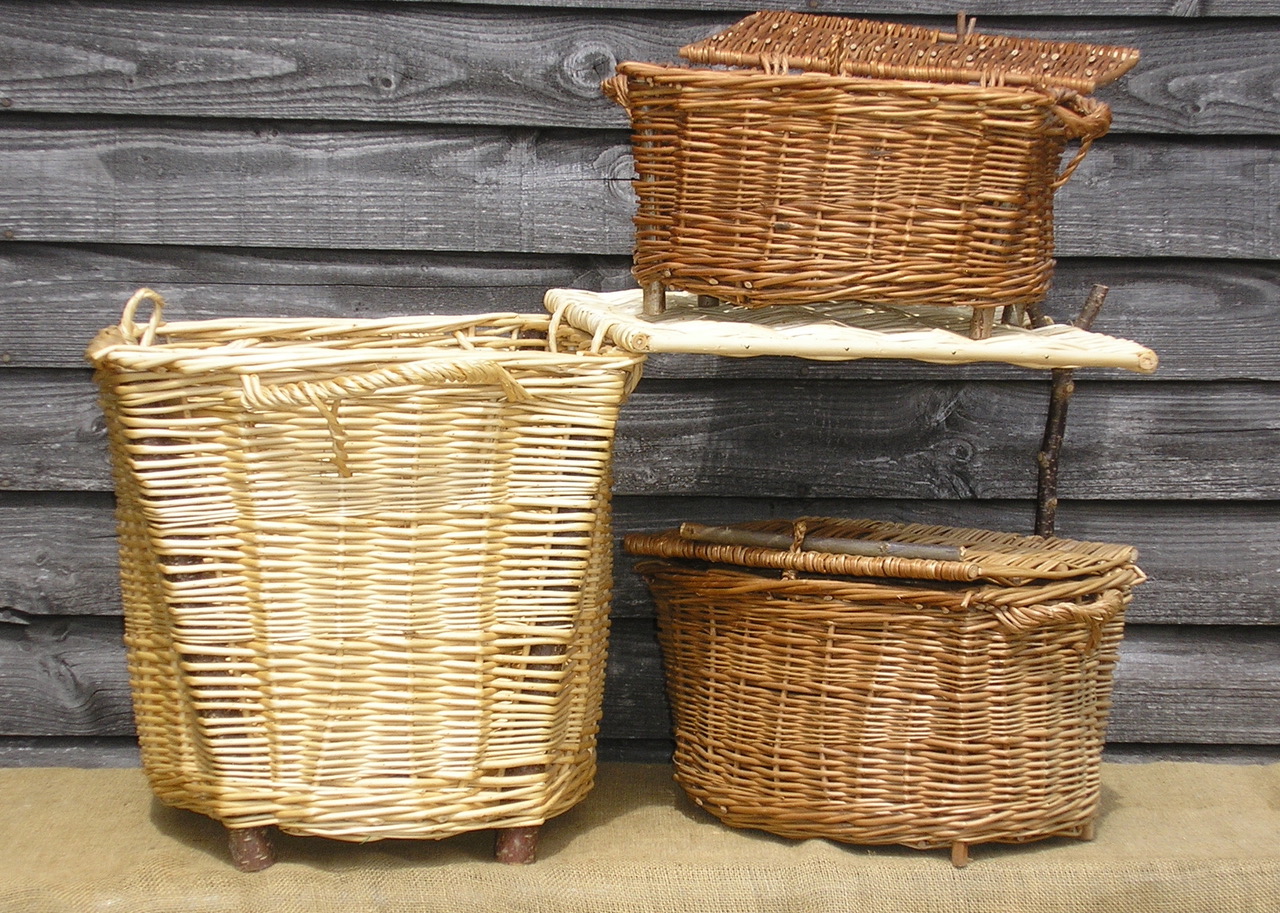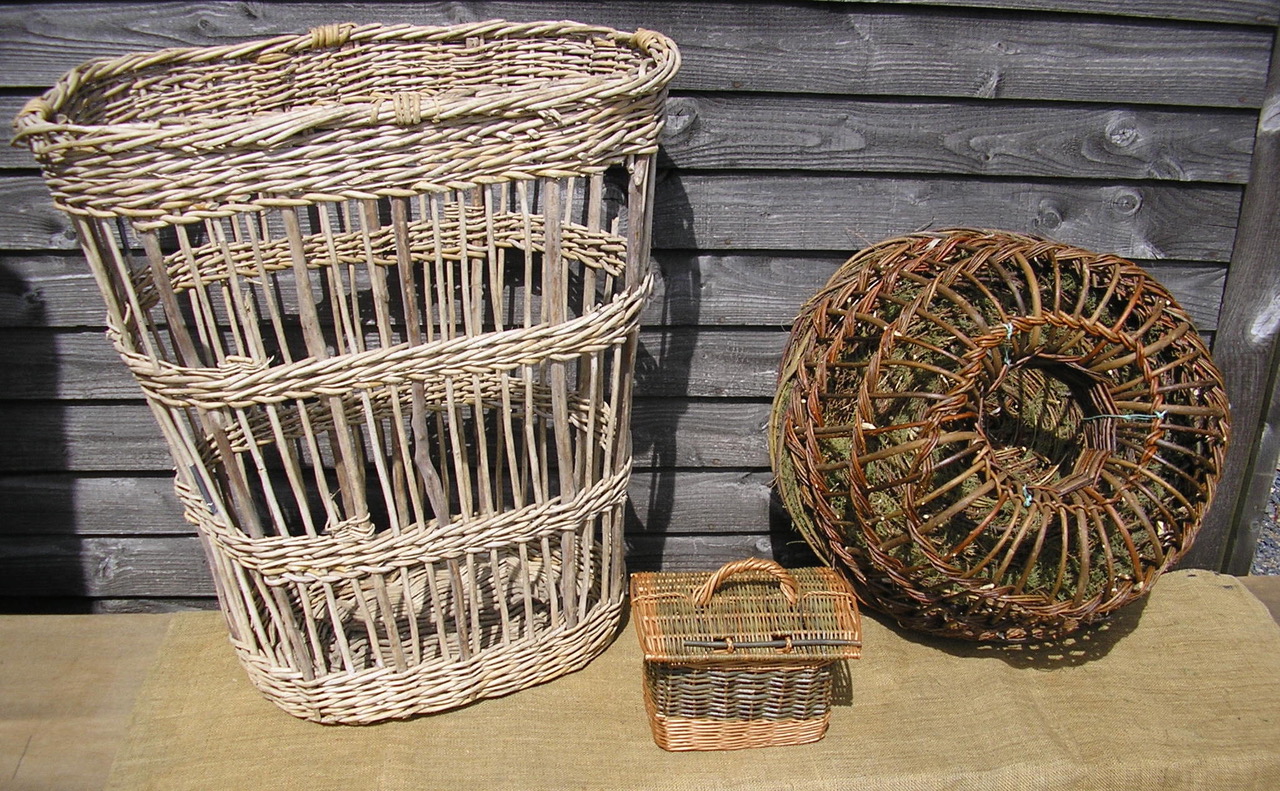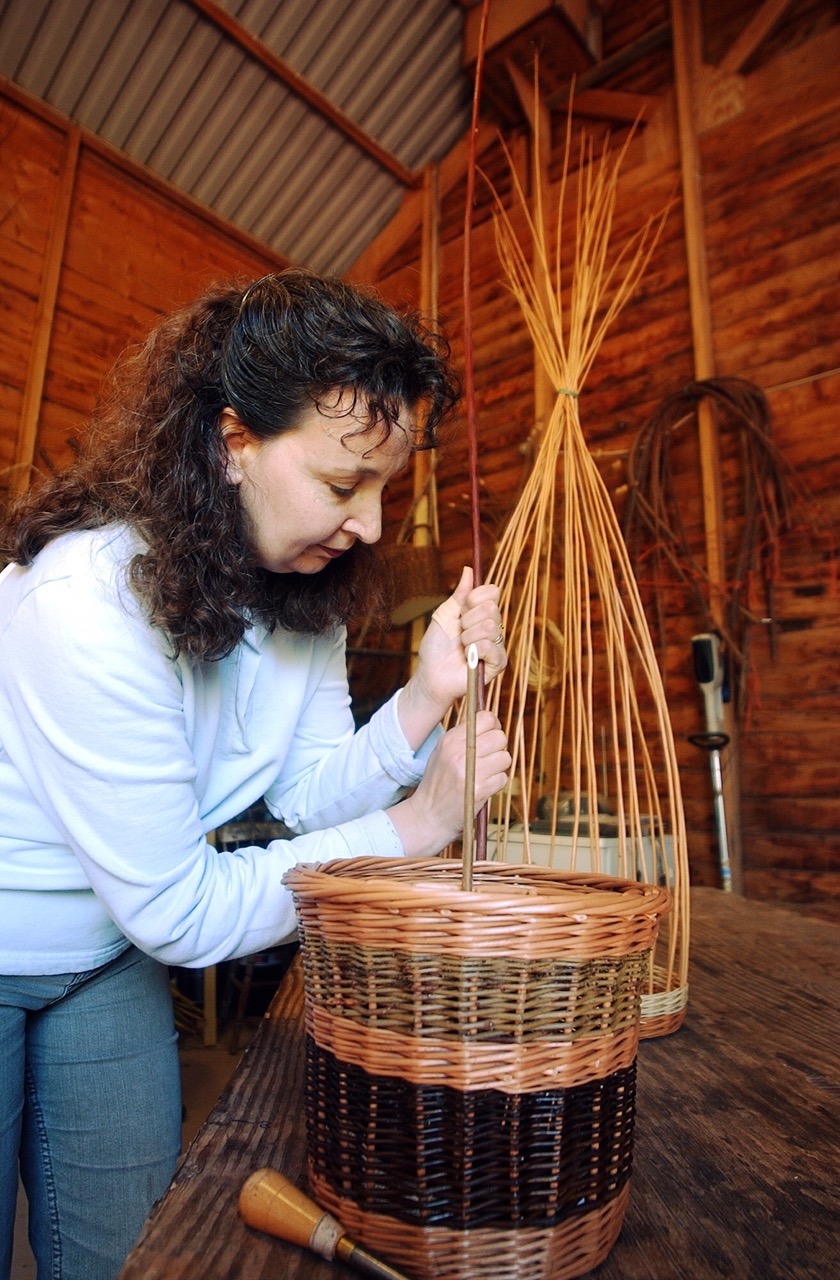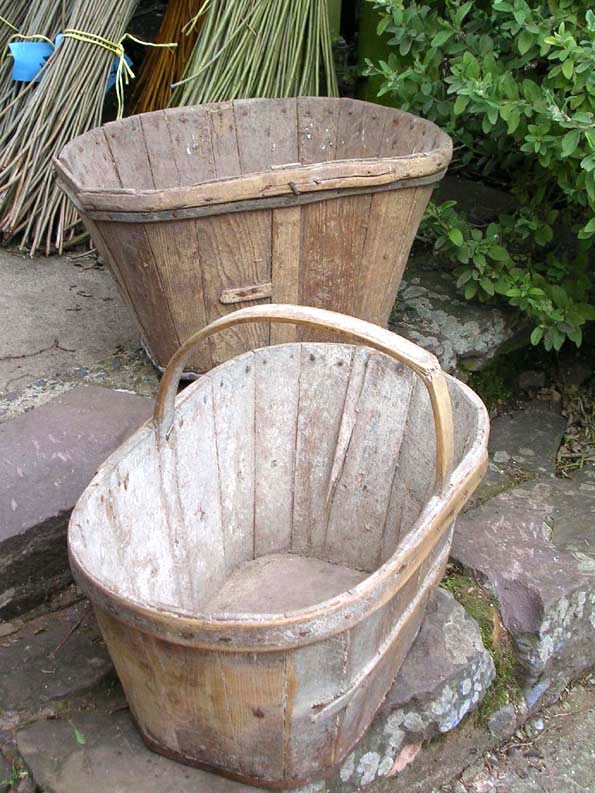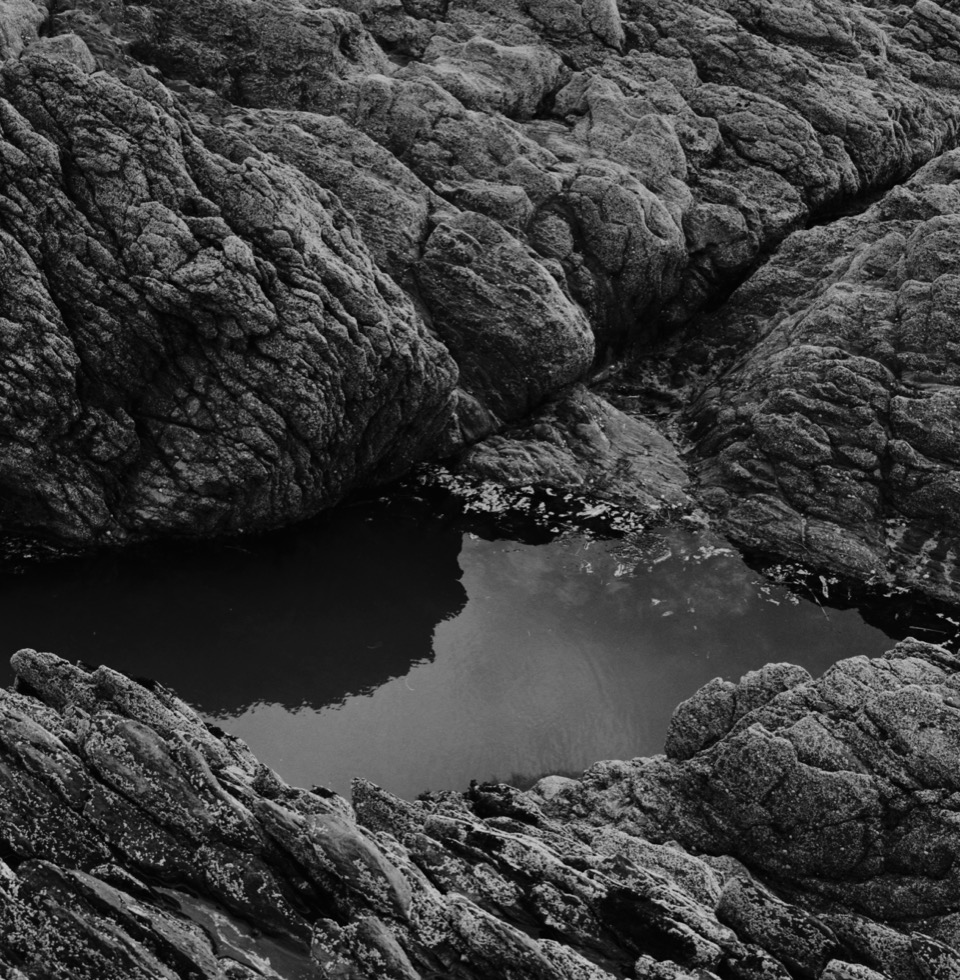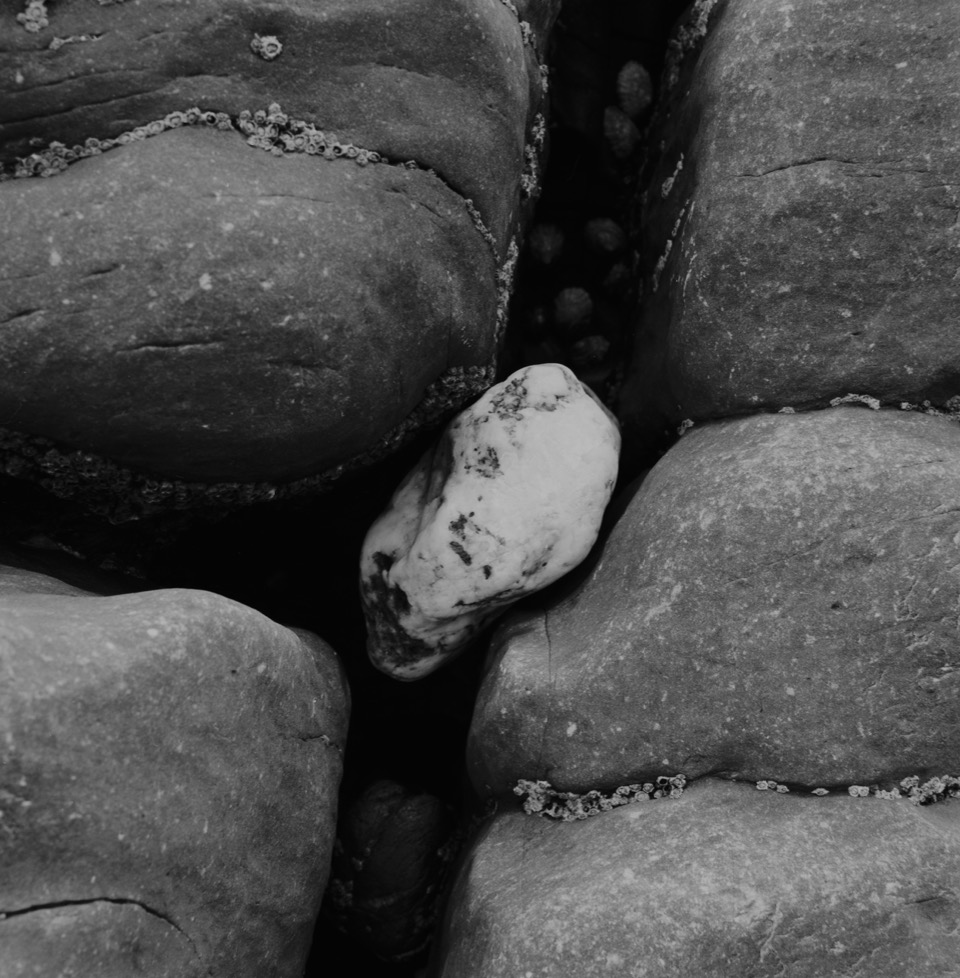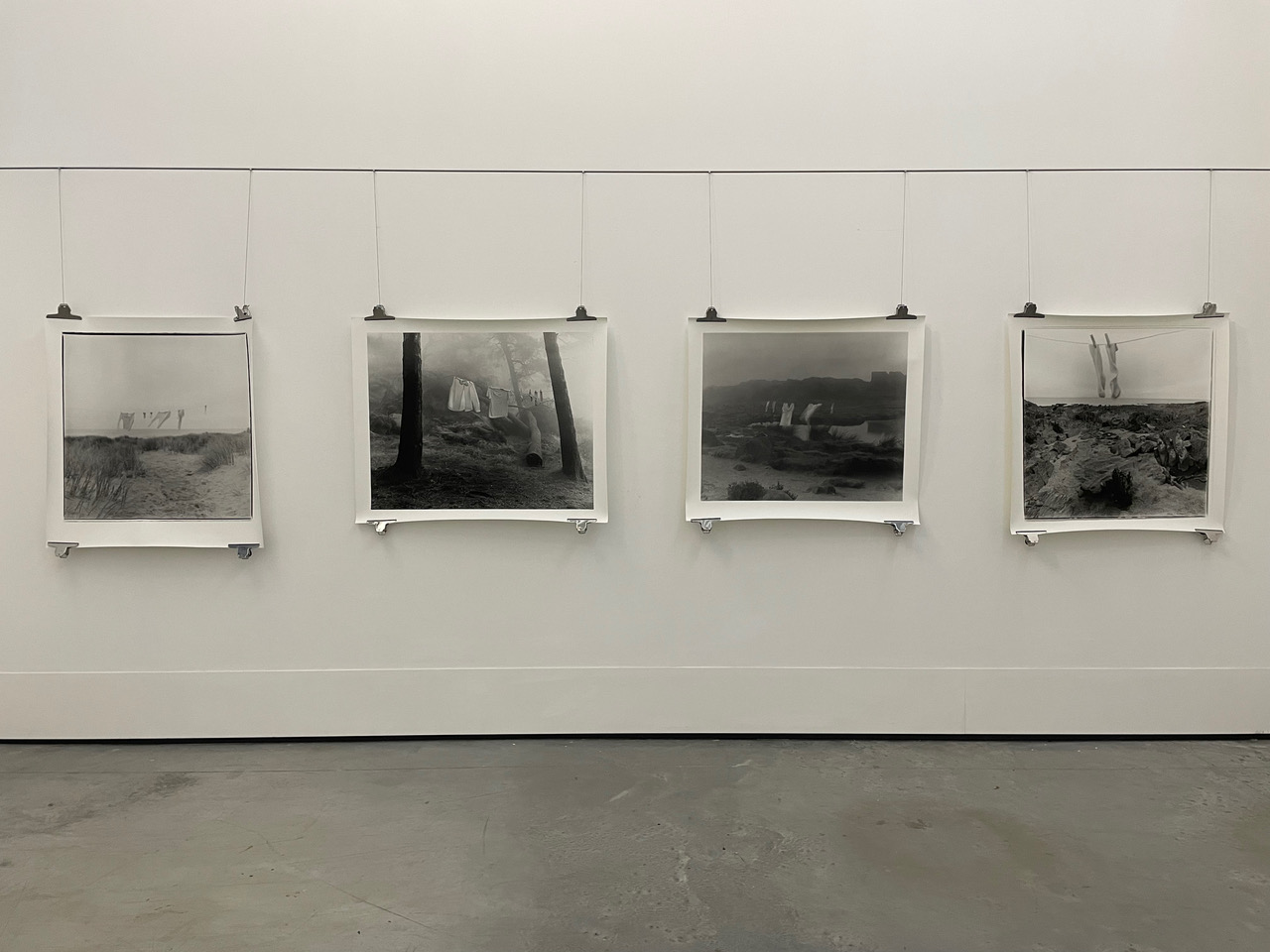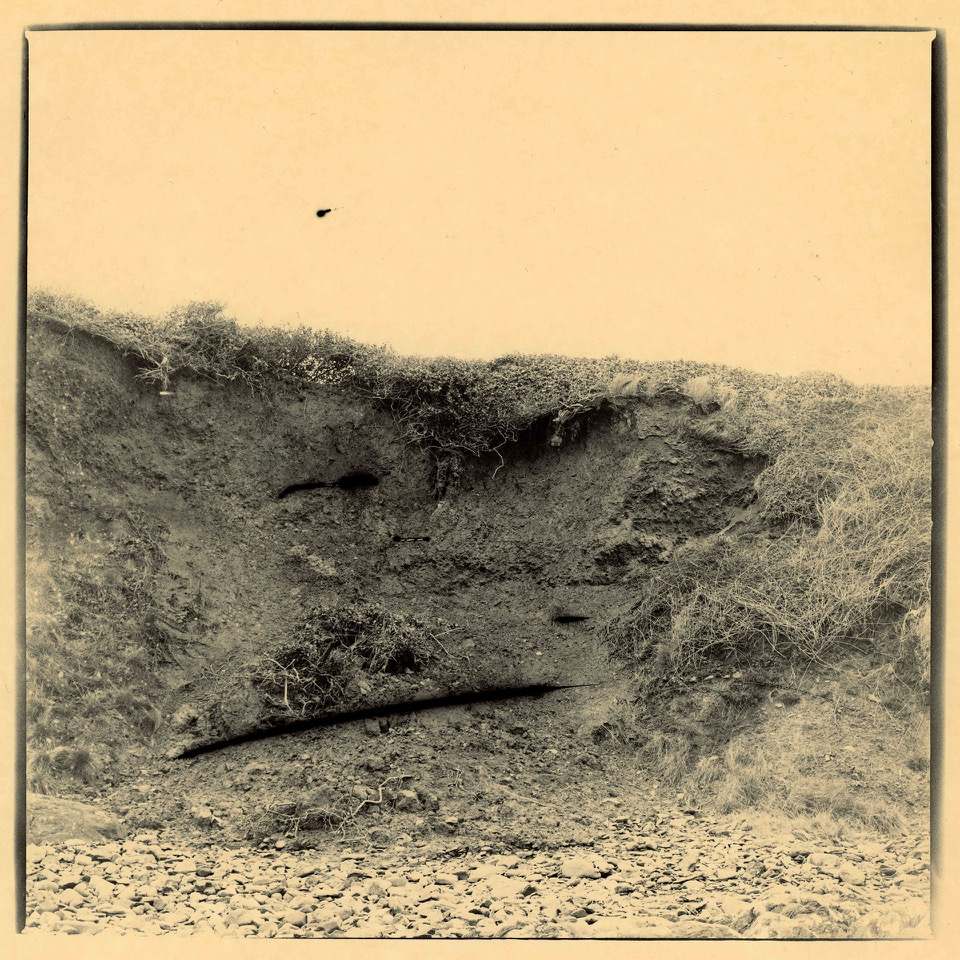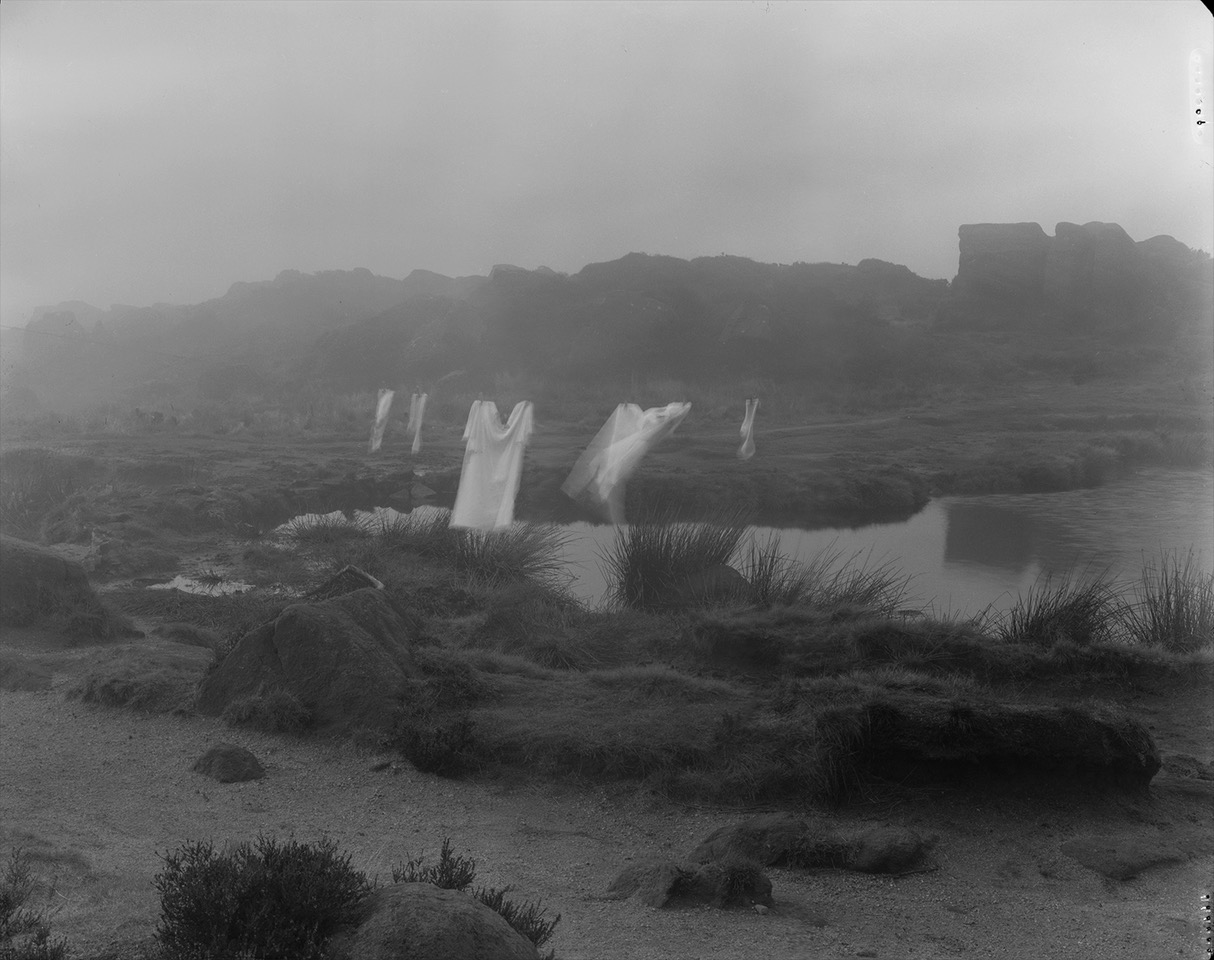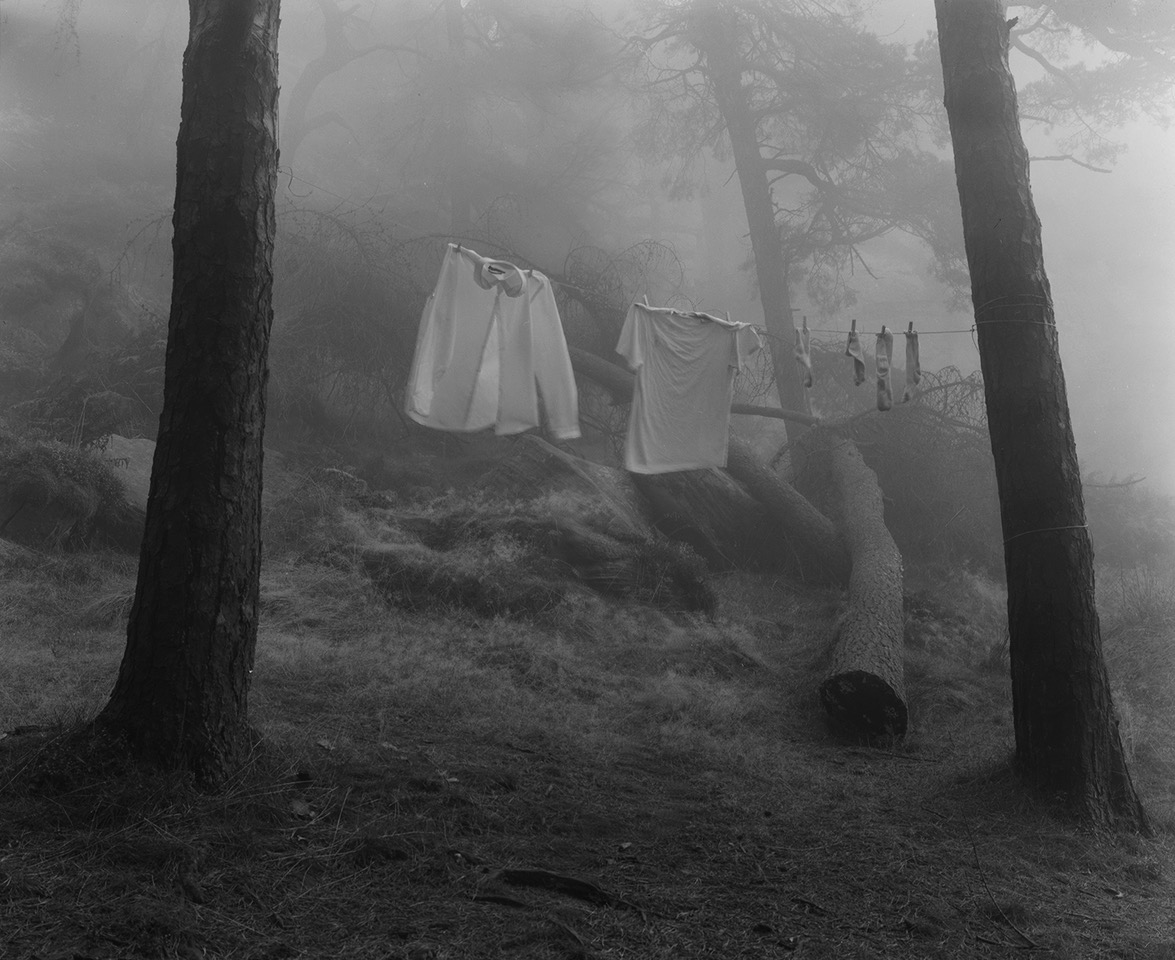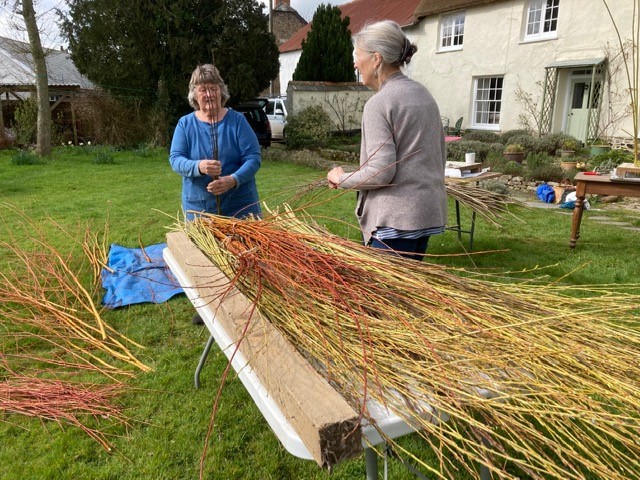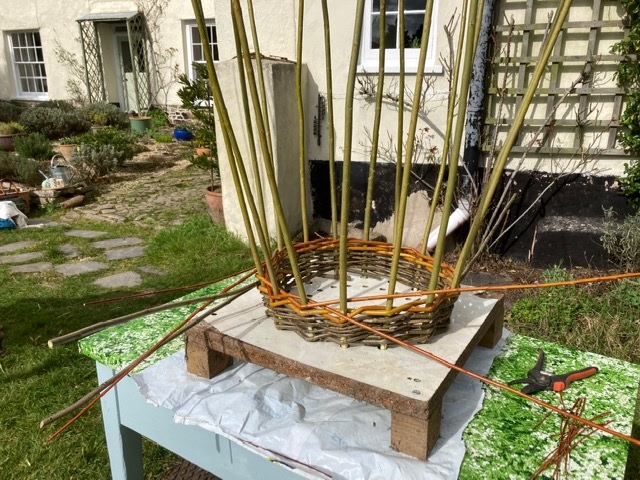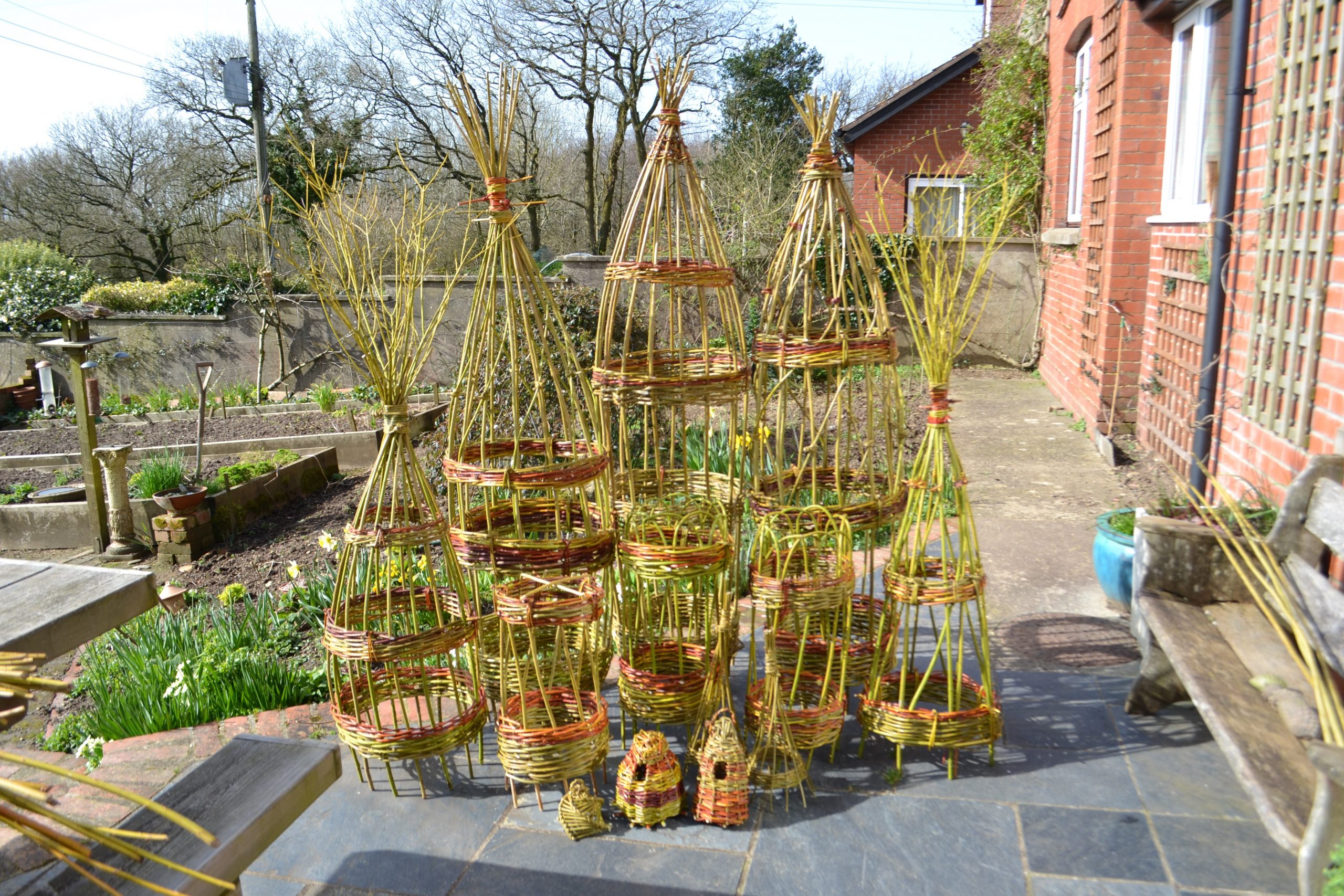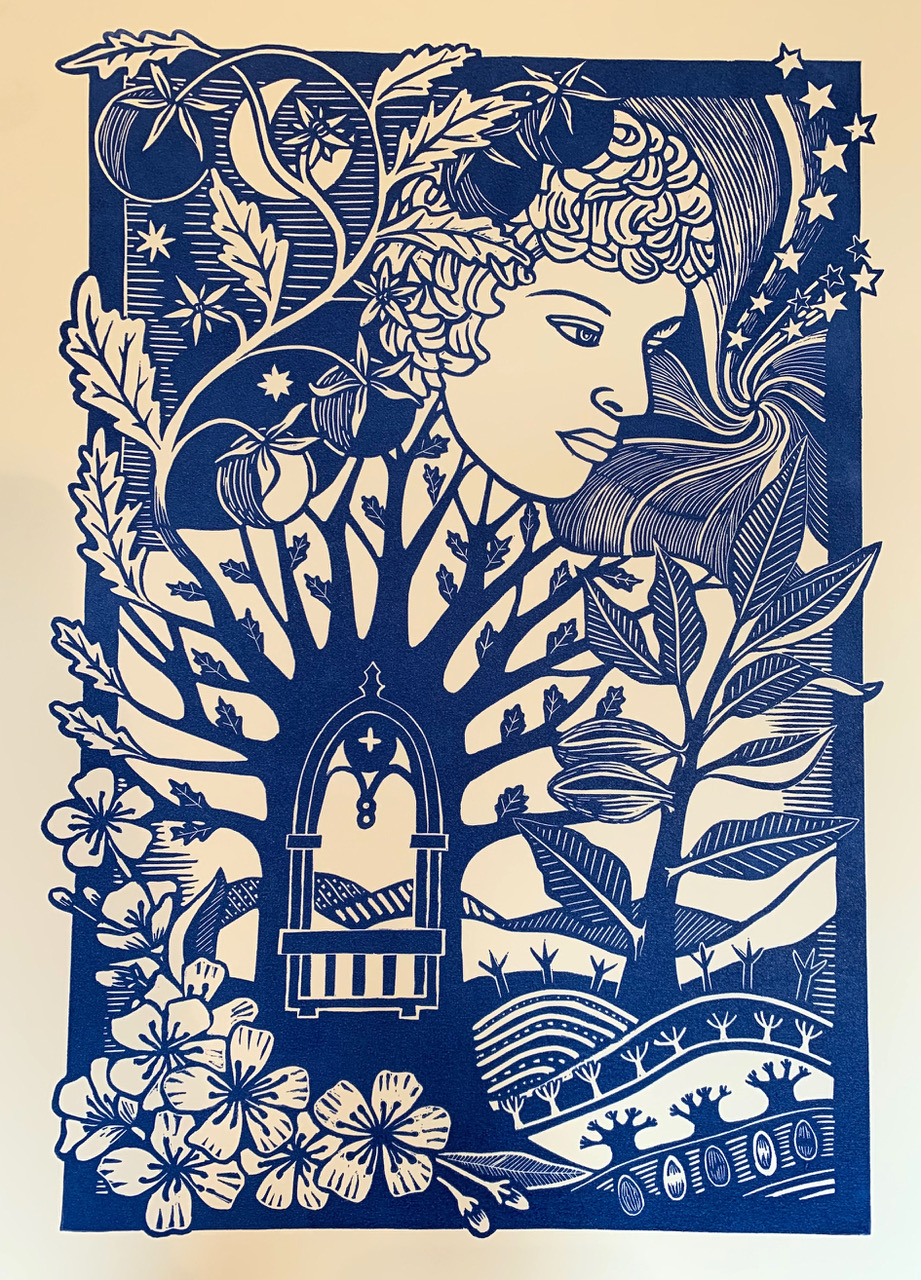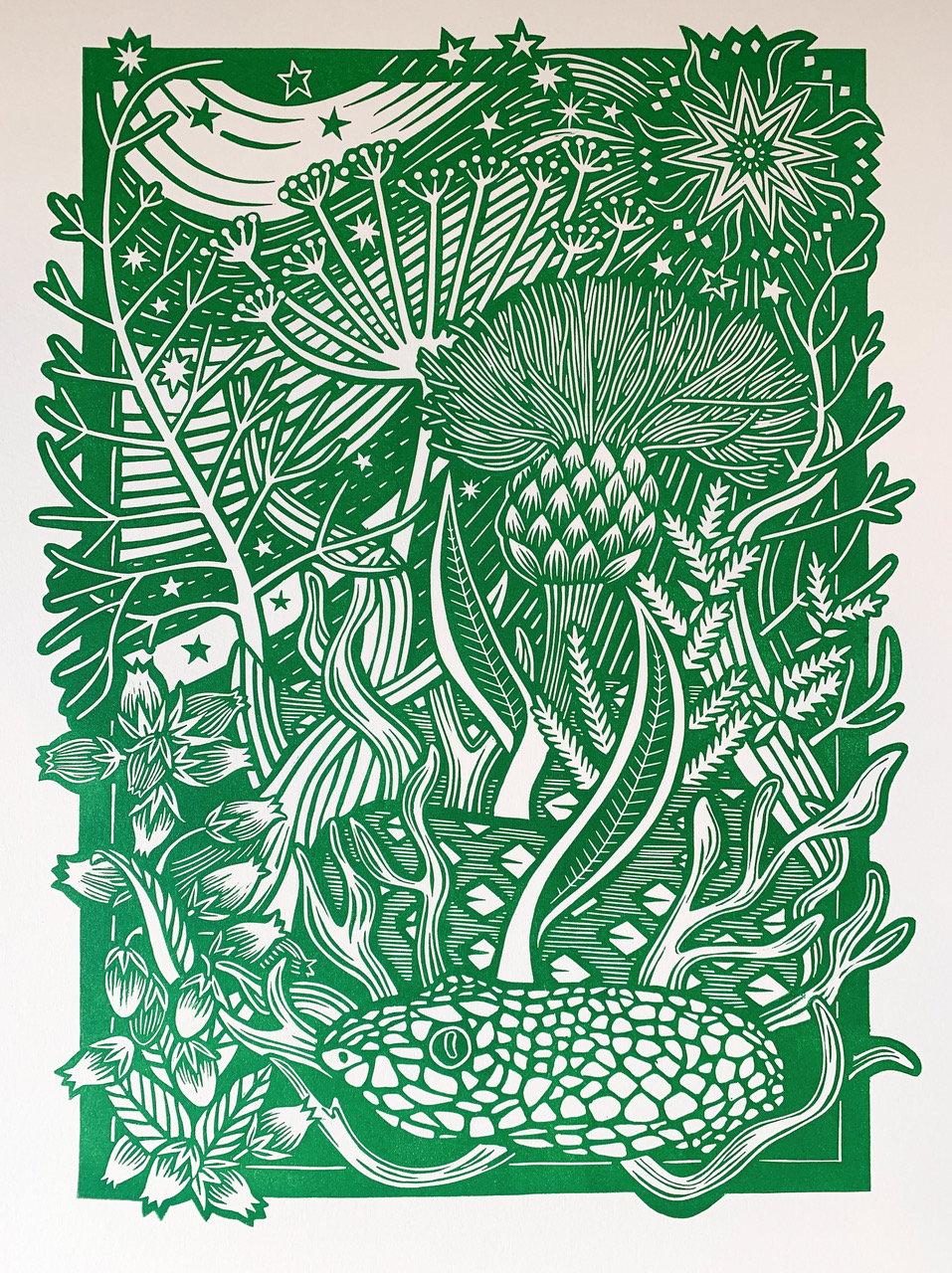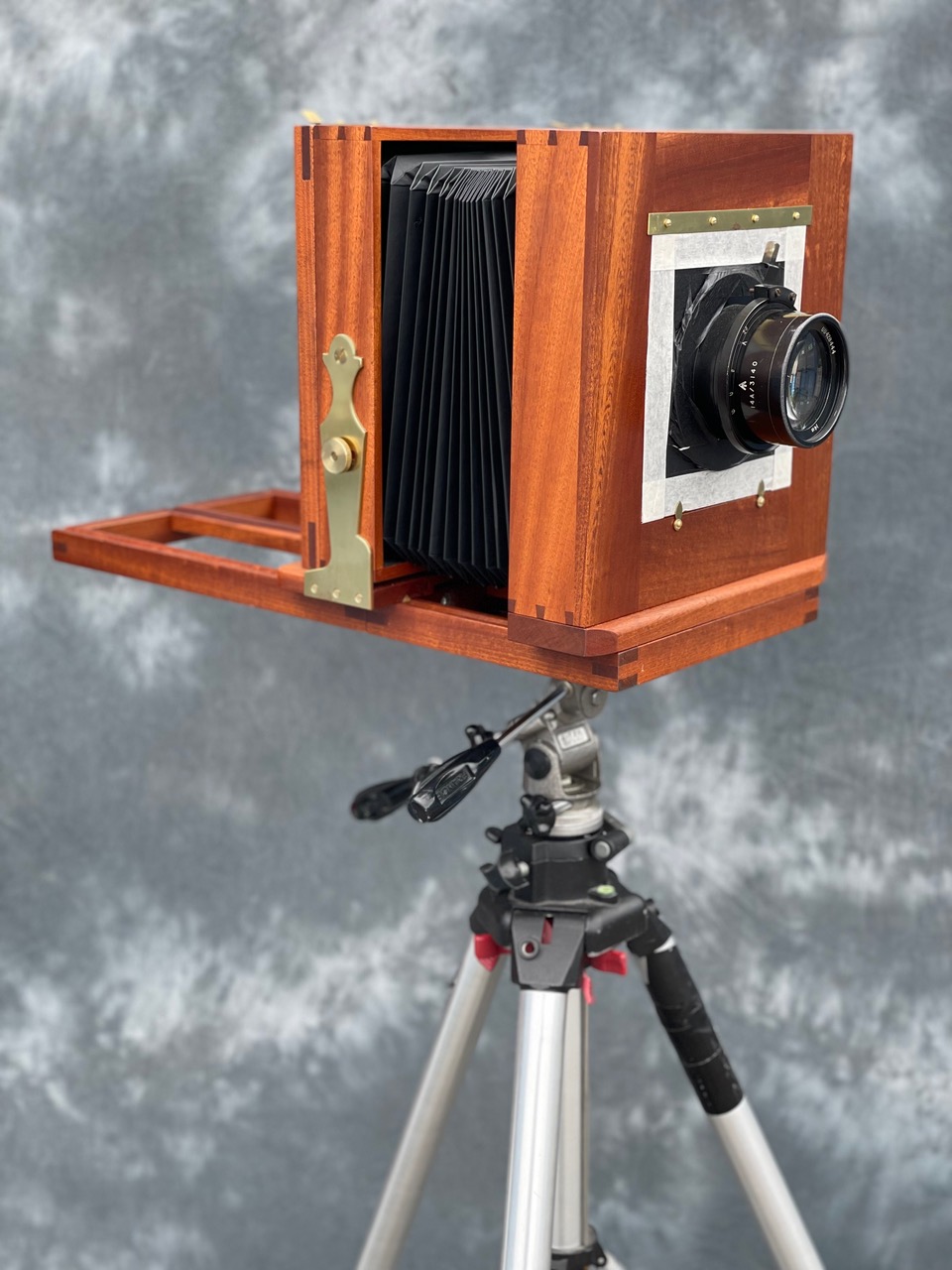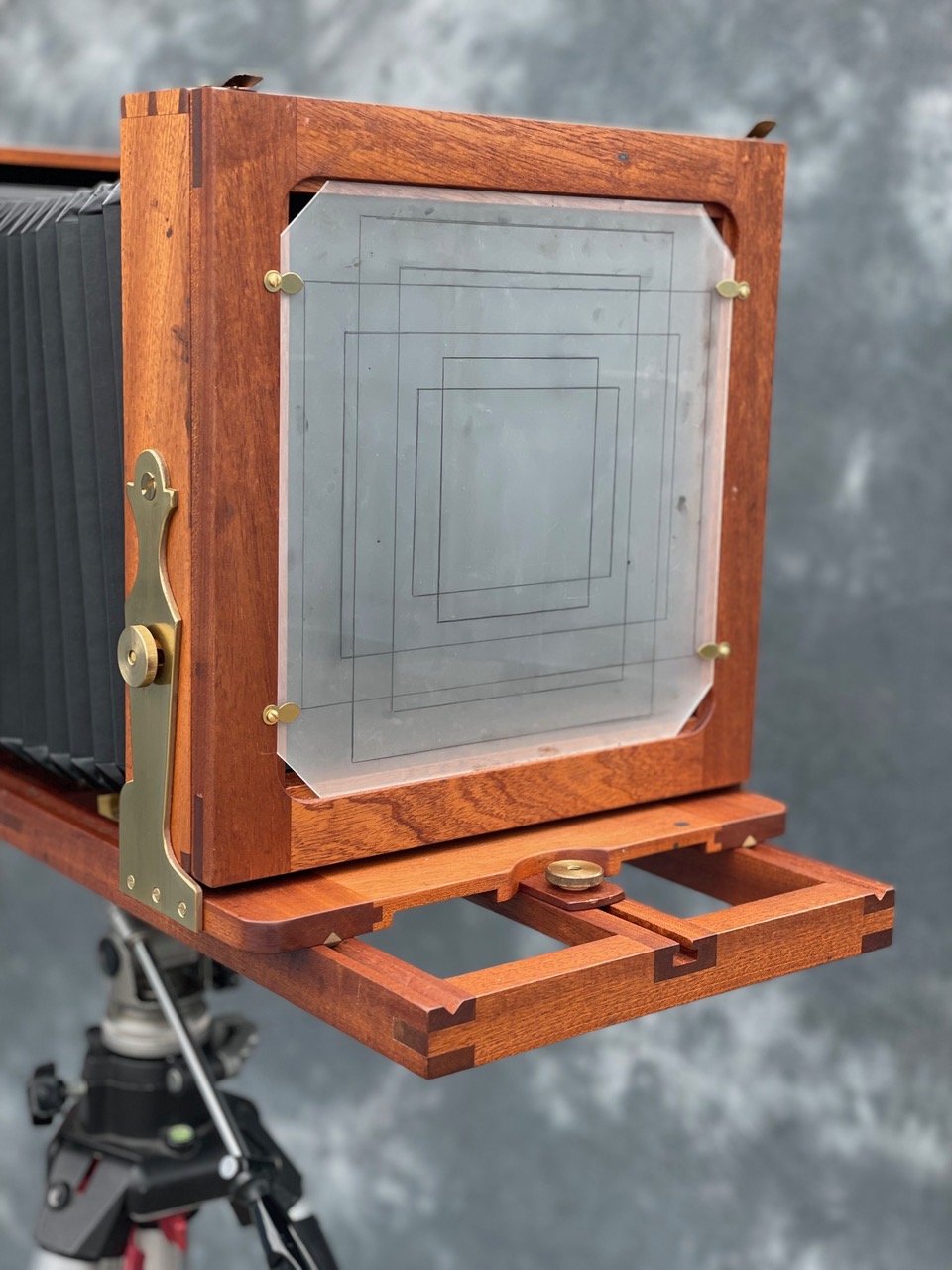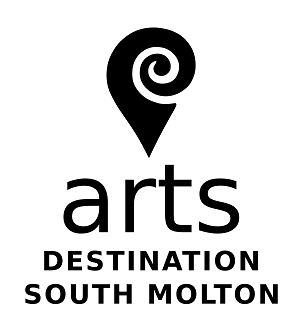
Queen’s Platinum Jubilee Celebrations in South Molton
Heritage Crafts Day, Friday 3rd June. 11am – 5pm.
Arts Destination South Molton (ADSM) are working with The Town Council and a variety of other local groups towards making the Queen’s Platinum Jubilee celebrations in the town, over 2nd – 5th June, a very special and memorable occasion for all.
One of the special events being organised by ADSM is the Heritage Crafts Day in the Pannier Market on Friday 3rd June. This interesting event will highlight many local artists, makers and artisans, skilled and passionate about keeping heritage crafts alive and fresh. During the day, discover the ancient arts of skep-making, calligraphy, stained glass making, wood carving and turning, spinning and weaving, and many other old crafts you can try your hand at.
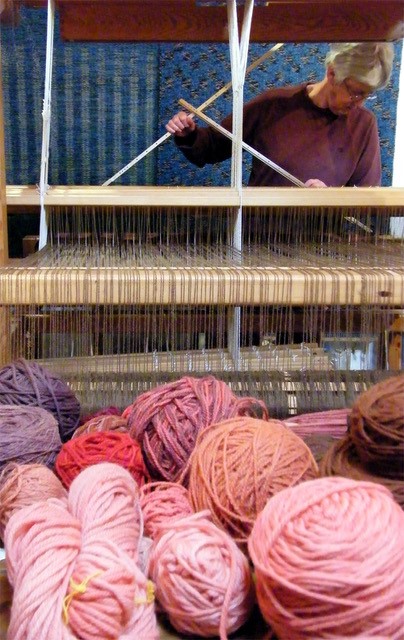
The nationally renowned local Artisan, Jenny Wilkinson, is a long-term member of The Devon Guild of Craftsmen. She spins and weaves, mainly using fleece from her own herd of sheep. Making use of natural dyes, she creates woven items from small to large, including her very desirable rugs
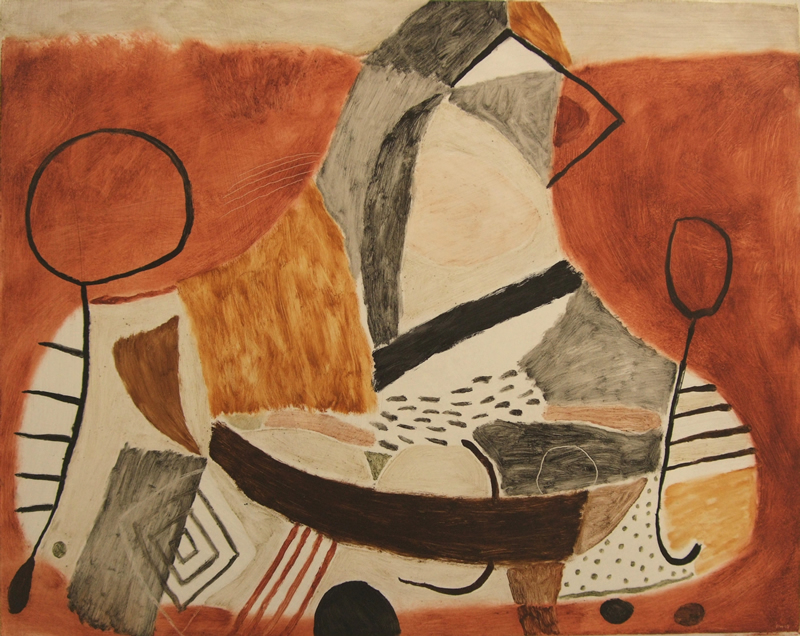
Since people have been making art, we have been using colours from the earth. In North Devon we are fortunate to have a stunning range of natural pigments to choose from. Since 2008, Peter Ward has been exploring the geology, history and creative uses of earth pigments from Devon and Cornwall. In this time, Peter has exclusively used colours he has foraged and processed into paint himself.
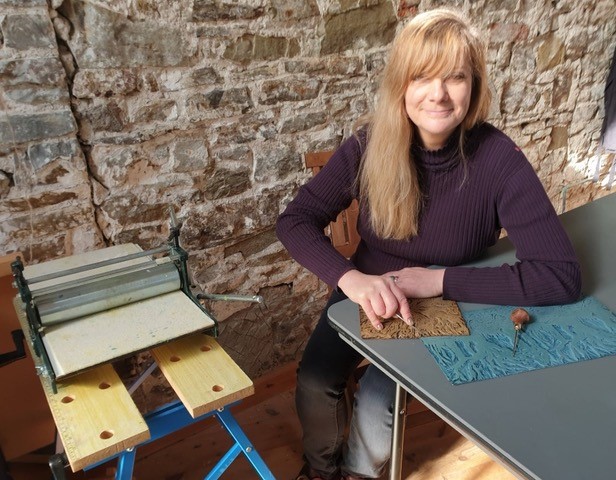
From her Appledore studio Printmaker, Annabel Hill, passionate about the environment and sustainability, creates botanical imagery from hedgerows, rockpools, seed heads and buds. Using several presses, natural materials and different techniques, she generates a wide range of prints in a variety of mediums for several purposes. For our Heritage Crafts Day, she will be demonstrating – and offering visitors the opportunity to try out – printmaking. Please see Annabel’s website for more details of her work and workshops.
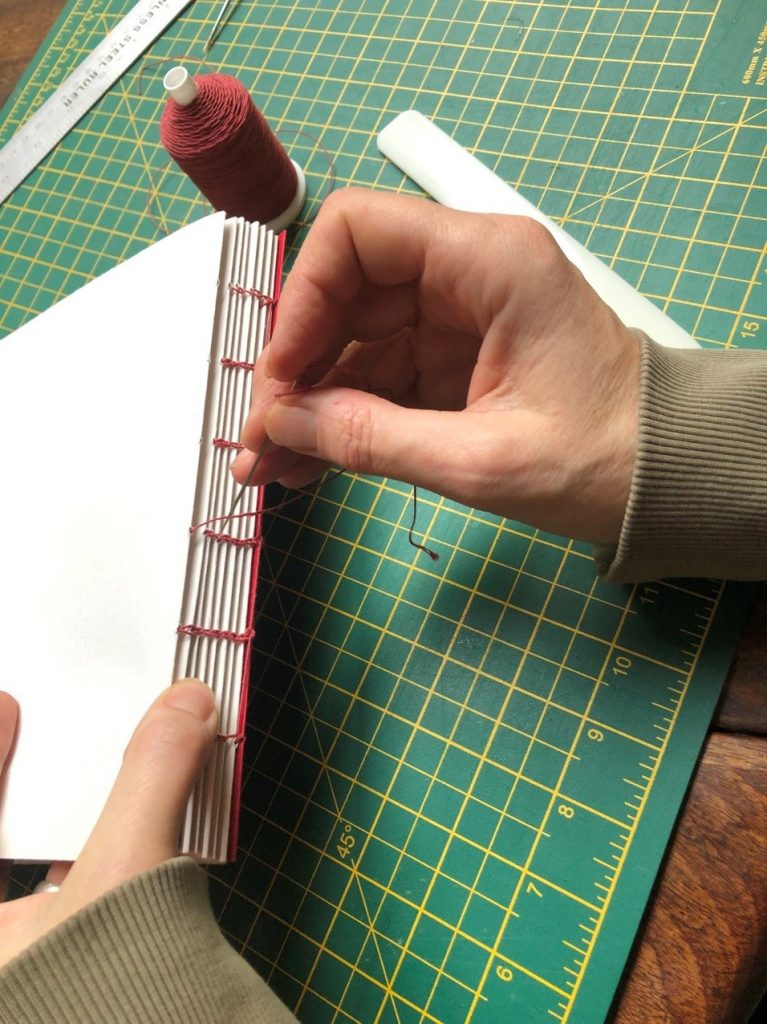
Craft Bookbinder, Jenifer Ridgway, is passionate about the historic art of bookbinding. She has been making hand-crafted books as an art form for several years. This means using a wide range of techniques, including stitches – such as saddle, stab and kettle – perfect binding, and variety of different fabrics and materials, to create a wonderfully diverse range of craft sketchbooks and notepads. She enjoys making books of all shapes, sizes and forms; wherever possible, using recycled or responsibly sourced materials. Talk with Jenifer about a commission for you!
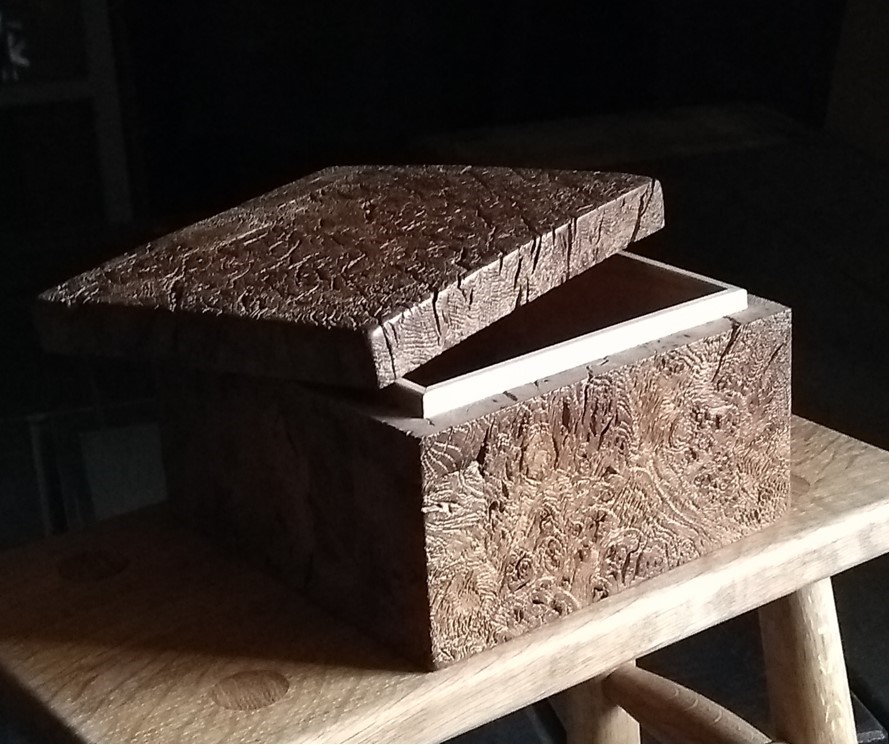
Based in South Molton, Peter Robins, Wood Carver, Turner, Furniture, Cabinet Maker, studied for two years at The School for Craftsmen in Wood, run by the celebrated, award-winning furniture maker, John Makepeace. He works mainly with hardwoods – particularly oak – making everything from furniture, salt and pepper mills to boats. His pieces are found in farmyards to private museums (from New York to Oslo). He likes the furniture and details associated with the many local 16th century long houses. His work is influenced by the Arts and Crafts movement and the artist/designer/craftsmen of the 60s/70s, amongst others.
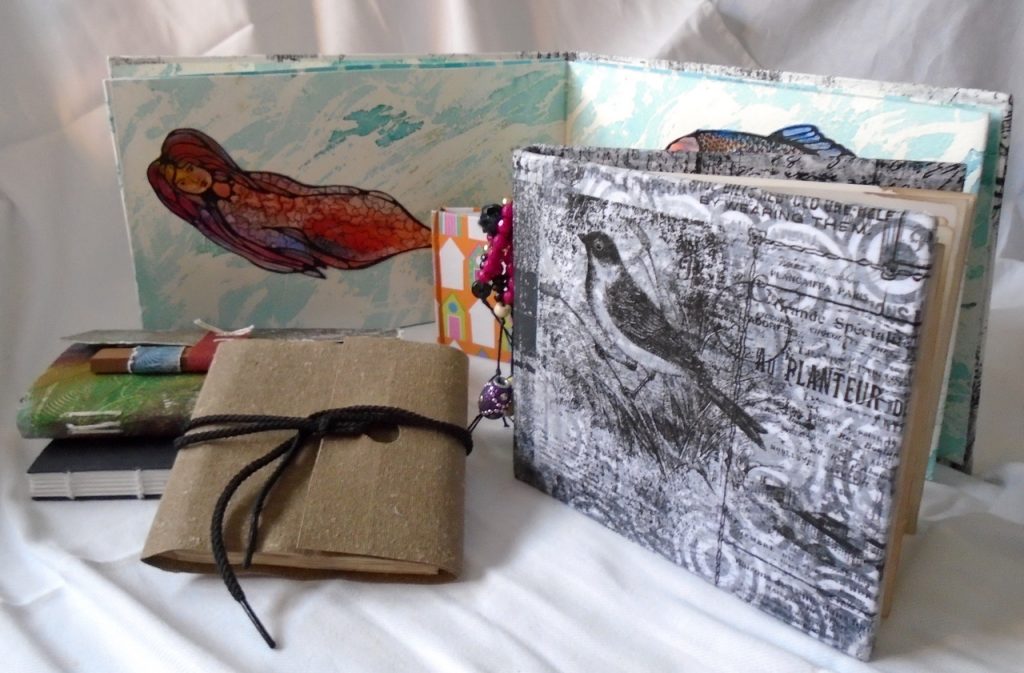
South Molton based, Jackie Griffiths, Hand-made Books, Textiles Artist, is a retired nurse and market stall holder. She enjoys learning new skills and combining these into making books. She often creates covers and pages from mixed materials. Her present-day “adventures are in exploring mixing fabric, paper, and machine stitching with Coptic stitch and visible stitching on the book spine. [Her] influences, at the moment, are print, upcycling and patchwork”. She loves sharing what she is learning with others, so chat with her at the Heritage Crafts Day!
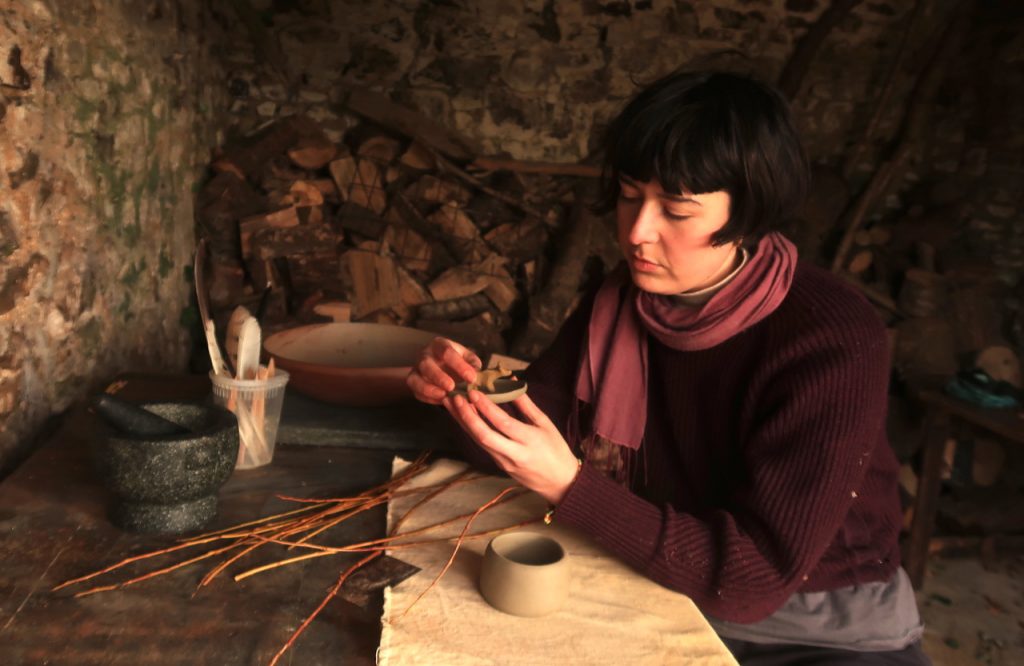
From her North Devon farm, Artist Hannah Peers studied the work left behind by Devon potters and so developed her making techniques, discovering ways to use the materials available in the area. She is drawn to harvest jugs, traditionally used to serve ale to harvesters. They tell us about the craft itself and contain clues that help us better understand the lives of the people who made them. For our ‘Traditional Day’, Hannah will display her work, materials and processes – and invite active participation, maybe even to decorate a “harvest jug”!
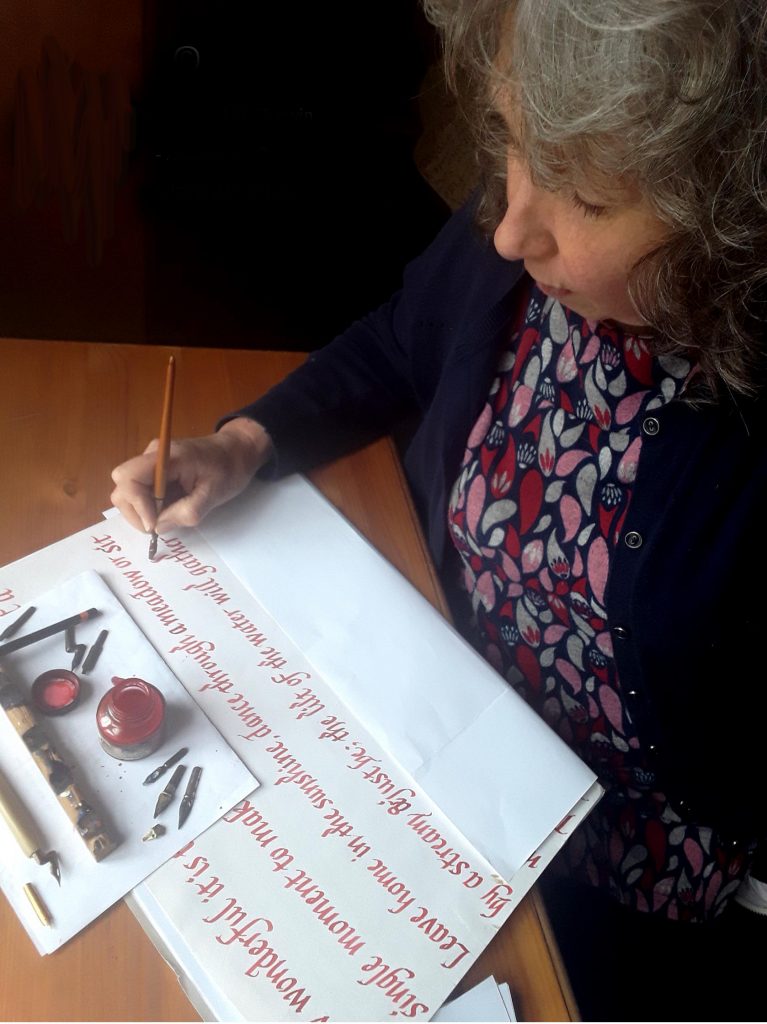
Calligrapher, Debbie Trewin says “In in a world, where digital text is everywhere, it is a privilege helping keep the traditional ‘art of beautiful handwriting’ – Calligraphy – alive. I have loved it for most of my life and particularly enjoyed creating a wide variety of designs for so many people wanting something ‘handwritten beautifully’ for their special occasions. There is no limit to what can be handwritten and presented exquisitely.” On 3rd June, Debbie will be offering opportunities to try out calligraphy, answering questions, providing advice/ guidance and demonstrating her work (some of it available to purchase). Talk to Debbie about commissions!
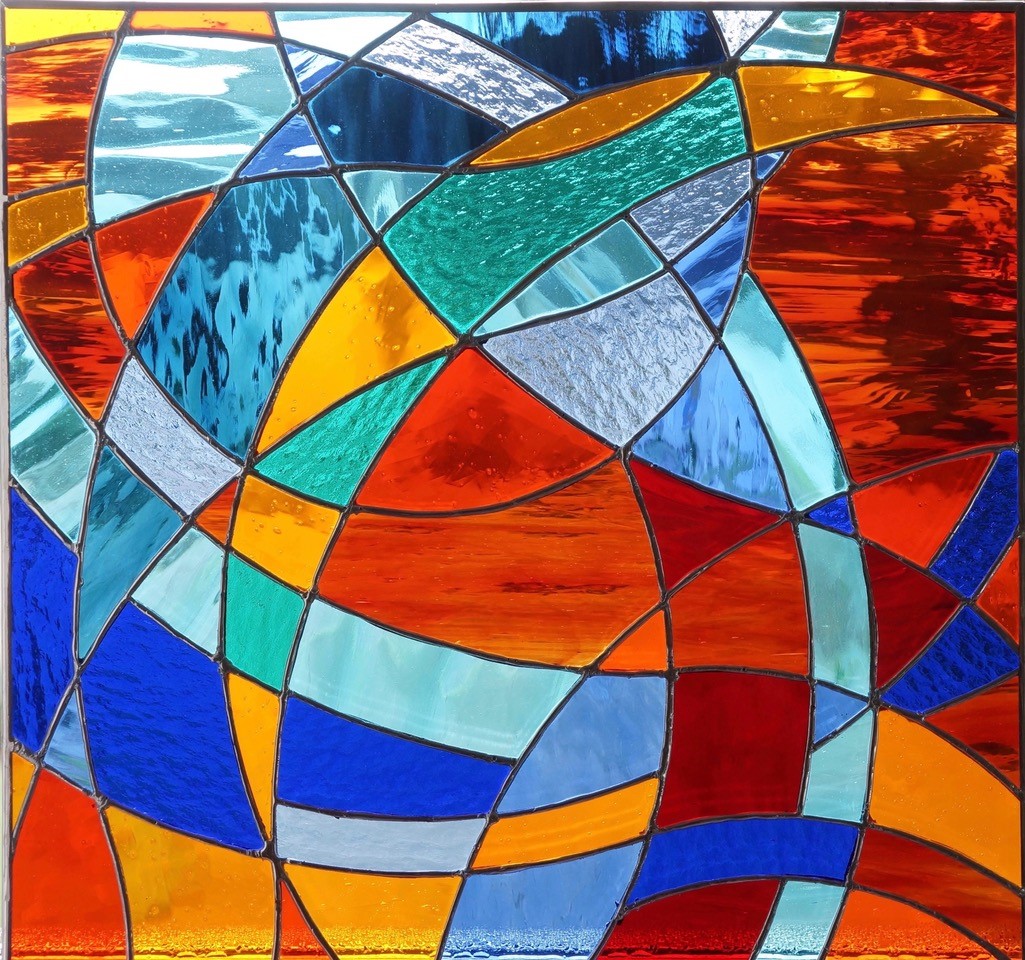
Based in Chulmleigh, Ken Bracher is an Illustrator and Stained-Glass Artist. As a retired architect and interior designer, Ken has always had a particular interest in design and colour … and its impact on building interiors and occupants. Being a stained-glass artist allows Ken to focus specifically on the personal needs (including health and mental well-being), achievements, memories and artistic aspirations of his clients and their homes. The history of using stained glass in windows goes back to the heyday between 12th century. Nowadays, Ken is happy to design and create unique, bespoke stained-glass items!
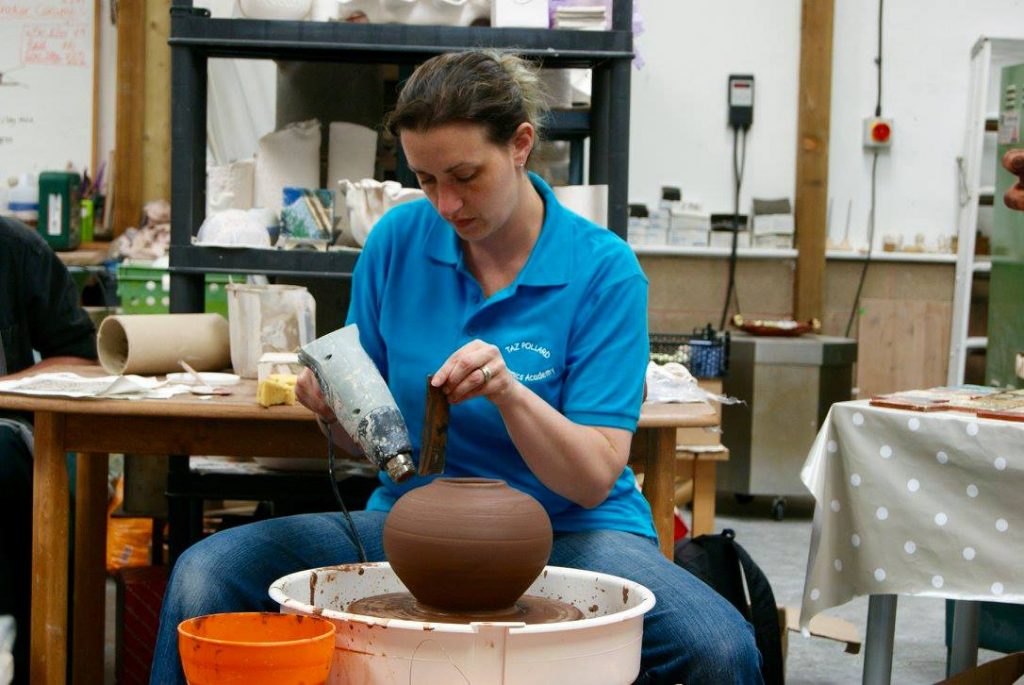
Living in North Devon, Taz Pollard is an award-winning Designer-maker. During her MA she studied the traditional pottery of the area, from the post medieval period to the present day. As she developed her skills and knowledge, Taz worked with local archaeologists to delve further into the past, the better to inform her contemporary work.
Taz runs North Devon Ceramics Academy, South Molton – and has been teaching pottery for 20 years, from beginners to degree level. “Teaching is my passion, seeing people immerse themselves in pottery leaving outside pressures and life behind for a few hours is a real joy.” @taz_pollard
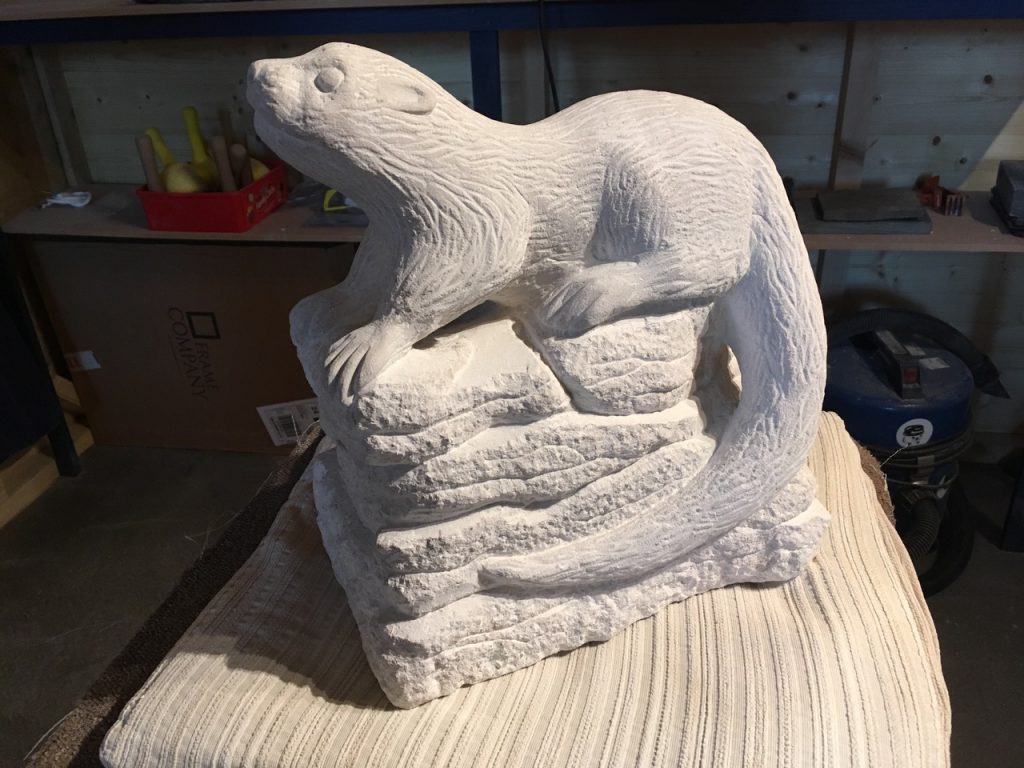
His home in Bideford, John Piper is distinguished as a stone-carver and water-colour painter. As well as creating beautiful work, he holds regular classes at The Plough Arts Centre. It is John’s stone-carving skills he will be demonstrating for us; although he will also be bringing his watercolour paintings on Friday 3rd June.
Throughout the Heritage Crafts Skills Day, John will be giving visitors the fantastic opportunity to try their hand at the ancient craft of stone carving.
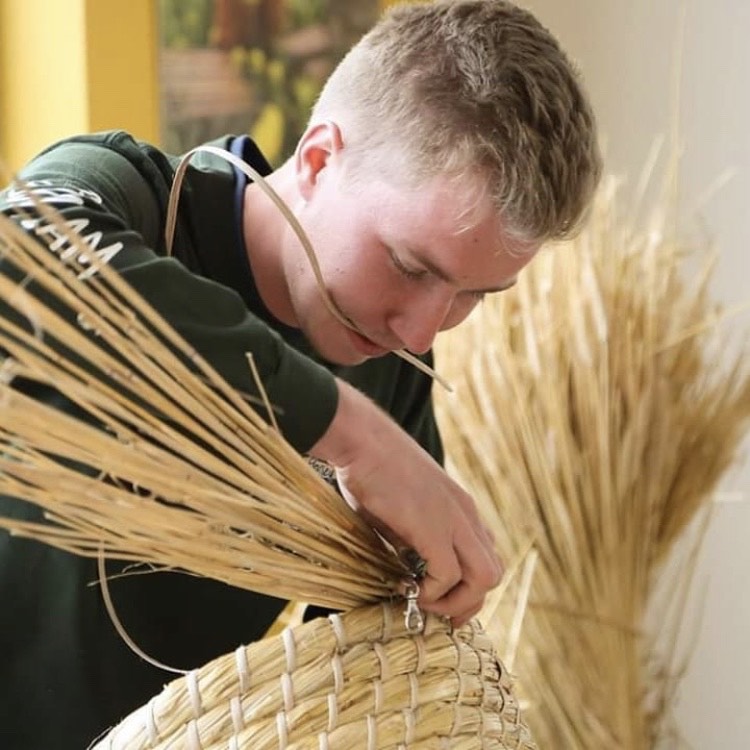
Skep Maker, Kacper Zrabkowski having a true “passion for nature and bees”, works at both Quince Honey Farm, South Molton, as a beekeeper, and at National Bee Supplies in Okehampton. Skeps – woven, straw dome/baskets – have been used for centuries in the art of beekeeping. Kacper owns one made by his great grandfather: a source of inspiration to him as a boy. “Ever since then I wanted to make skeps myself. I couldn’t find much information, but after seeing a few pictures online, talking to my Nan and Uncle, I started practising”. See Kacper’s beautiful hand-made skeps at the Crafts Day!
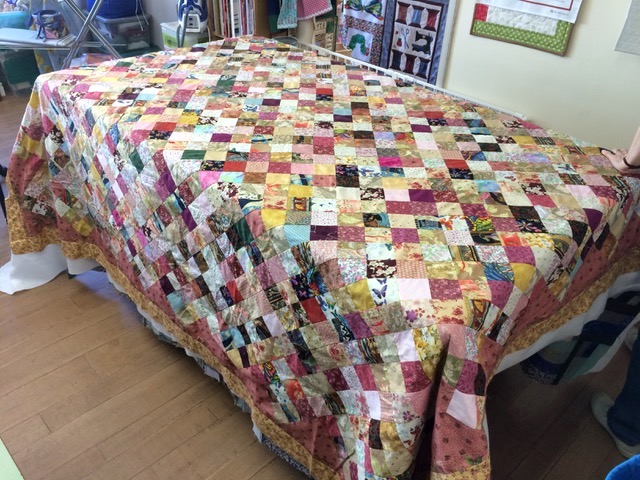
Run by mother and daughter team, Julia and Emily, Step by Step Patchwork Centre have been part of the South Molton community for 23 years, offering friendly advice and tuition in the traditional art of patchwork and quilting. Many quilts are made by machine these days, but there are some (such as Emily) who still prefer the ‘slow stitching’ method of English Paper Piecing. At the Heritage Crafts Day, Step by Step will have examples of quilts they have made and will be demonstrating this traditional sewing craft for you to marvel at – and to chat to them about!
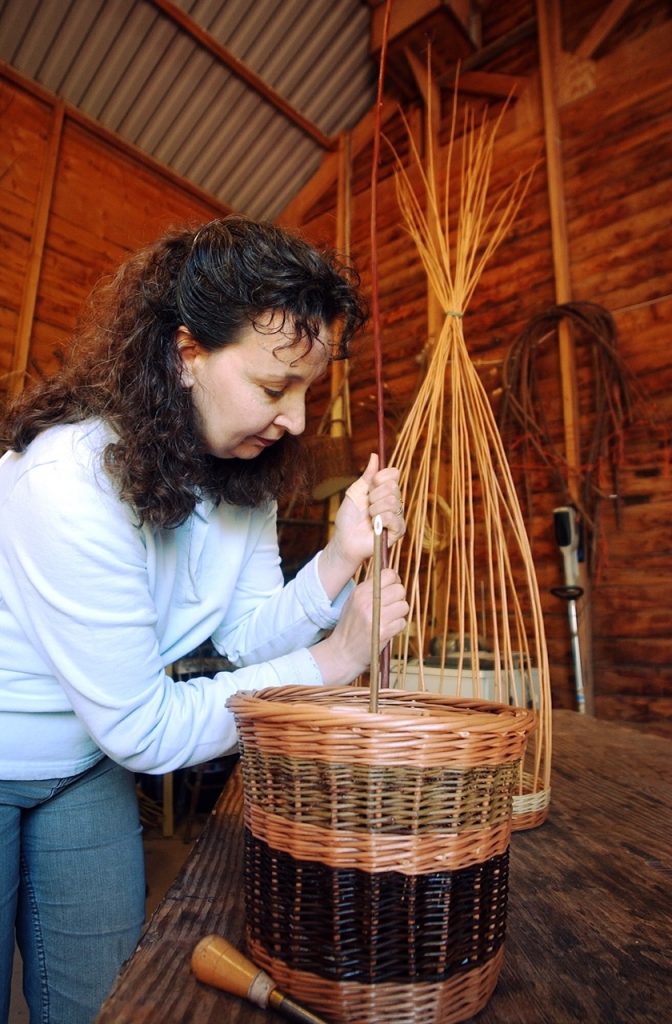
Bringing together craftspeople from Southwestern England, Basketmakers Southwest are interested in the practice and history of basketry, rush-work, chair-seating, willow sculpture and related crafts. Aiming to promote good workmanship through courses and informal days, they exchange advice and practical experience on the growing of suitable willow varieties and use of unusual materials. Studying traditional baskets in museum collections, using documents and archives: historical research is growing interest among members. Being present at many varied events in the region, Basketmakers Southwest encourage wider knowledge and appreciation of basketry: selling work, demonstrating and teaching skills, offering a wide range of information and contacts.
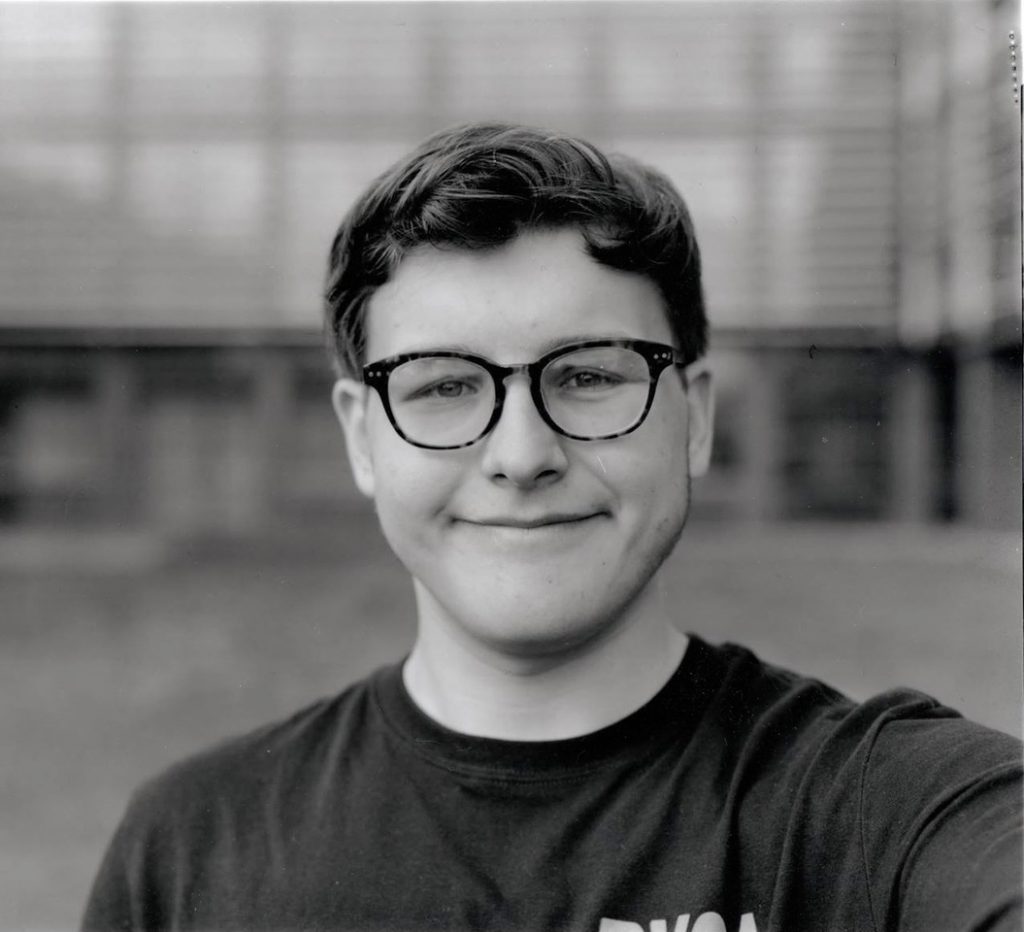
George Rayner is an emerging British visual artist from Croyde, North Devon, He has a BA(Hons) Photography degree from the University of Derby, served an Internship at FORMAT 21 International Photography Festival and had his first solo exhibition in March 2022 at Studio Kind. He specialises in analogue black and white print, a methodical and deliberate process that reflects his visualisations. Developing the conventional analogue photographic technique into one more ecologically sustainable and allowing nature to have a play within his work. He explores his relationship with the environment through materialistic allegory in quiet landscapes with a gentle humour, in both still and moving image. His work often considers themes of climate change and unveiling man’s impact upon the earth, and his interpretation of existence.
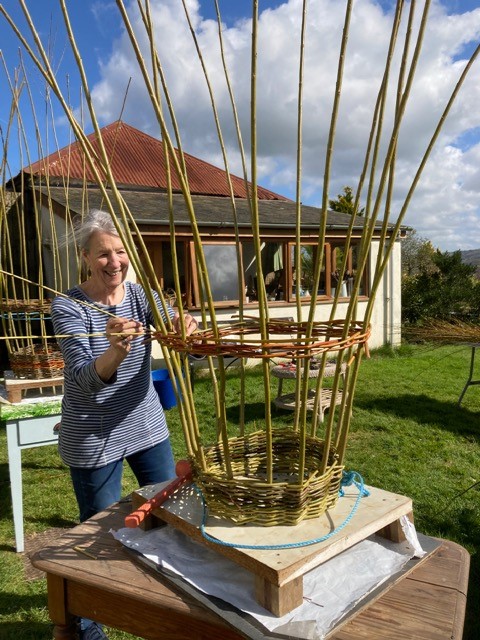
Rustic Willow Plant Supports – Fran Sendell: For some years, a few local people have been making coloured (bark-on) willow supports and selling them in the Pannier Market in the Spring. The willow is grown on three small local sites which provide several varieties and colours.
All proceeds go to local charities: this year to local nature projects, like the Wildflower Meadow Project in South Molton Sheep Fair Field.
Keeping skills alive and sharing them, seasonal one day courses for two to three people are offered.
A truly sustainable hobby: harvesting annually in early Spring, the growth from the previous year is used.
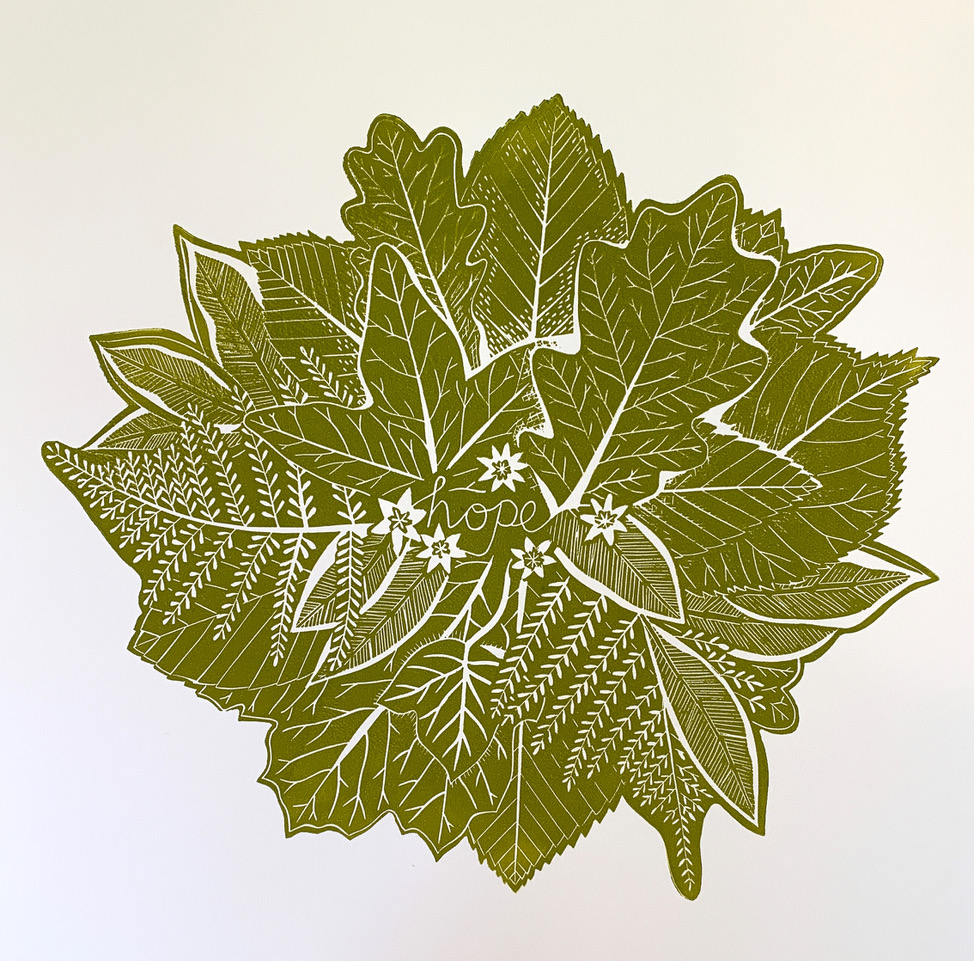
Victoria Owen is an artist and printmaker based in beautiful North Devon. She draws, carves and prints her work, and produces limited edition prints in linocut. These focus on organic shape, rhythm and pattern and are also infused with elements of storytelling, folklore and mythology. Finding inspiration in the ocean and nature, her work explores narratives and connections between the natural and the human world, the past and the present; as well as the interior and exterior realms. The detail and attention to every leaf, pebble or drop of water in her work is her way of fostering a tangible connection to the mystery and magnitude of the natural world.
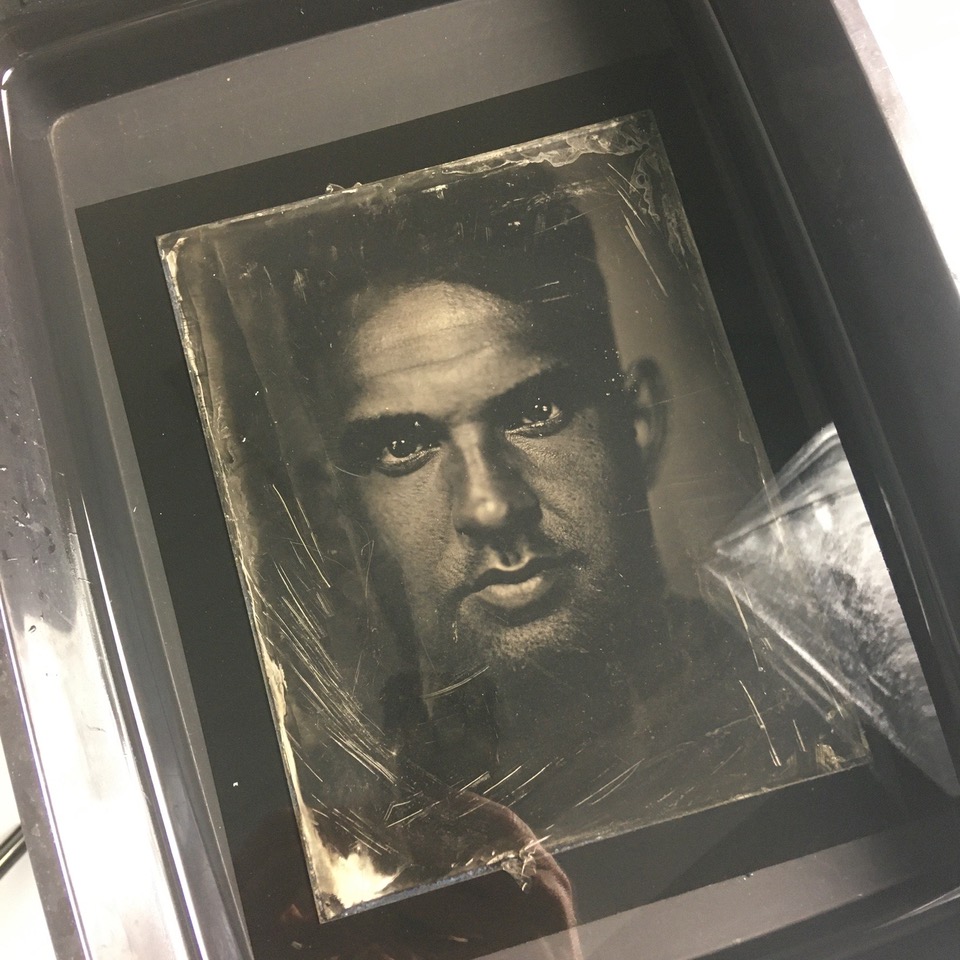
Stephen Raff is a photographer and educator working with historical processes and techniques that date back to the Victorian times. He will be at the Heritage Craft Day in South Molton making portraits of people with a process called wetplate collodion, invented in 1851. Each plate made is unique and an investment of time. The making of photographs with this process is both theatrical and exciting. Sitters will have the opportunity to choose between purchasing the original plate, a print or digital copy.
Call out for Heritage Craft Makers
ADSM are on the lookout for people working in rural heritage skills to join us. These skills could include: hurdle making, willow weaving, ironwork and blacksmithing, beeswax candle making, felting and working with natural dyes, to be part of this special day.
Please contact Stella at publicity@artsdestination.co.uk for more information about the Heritage Crafts Day and how to be part of it.
